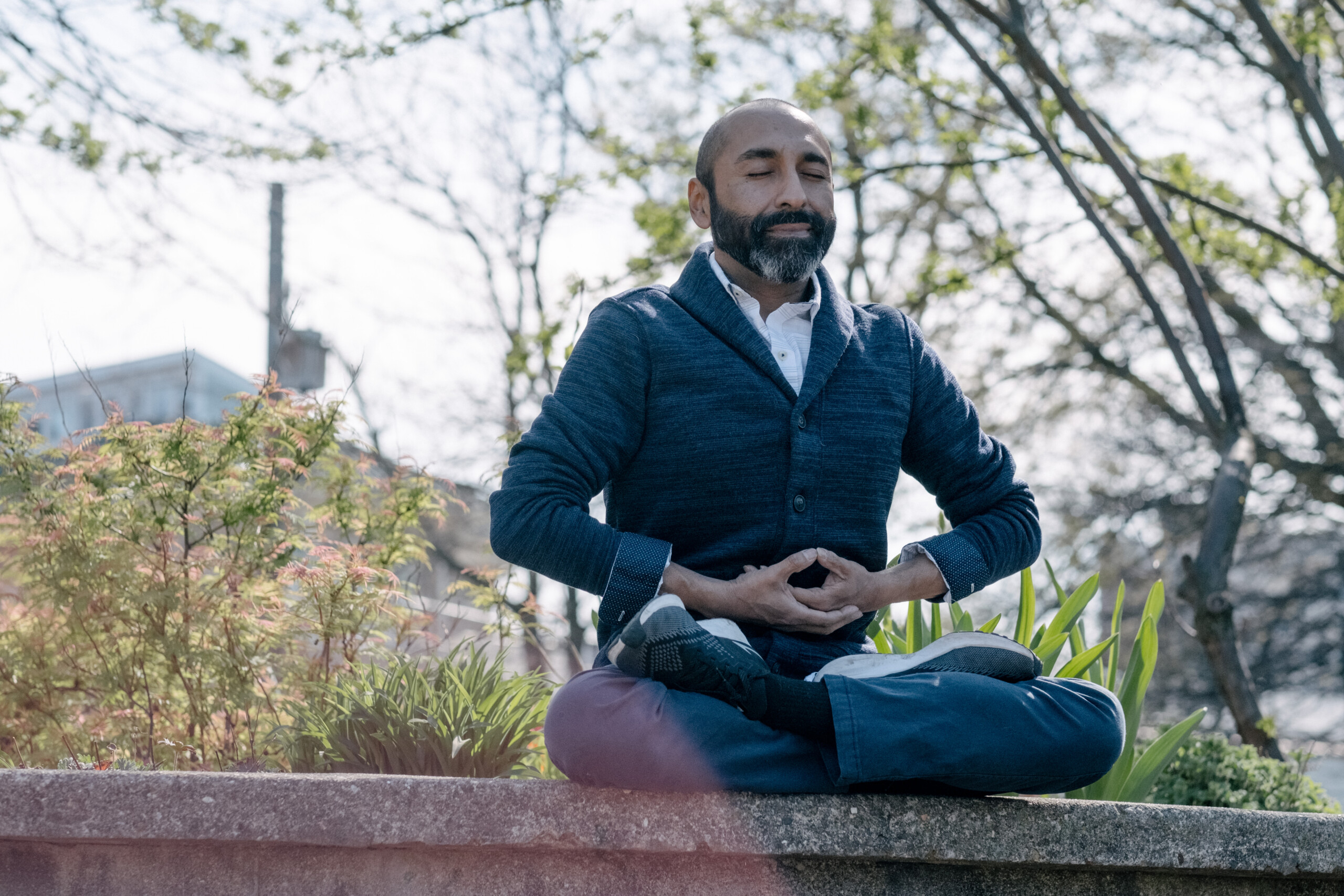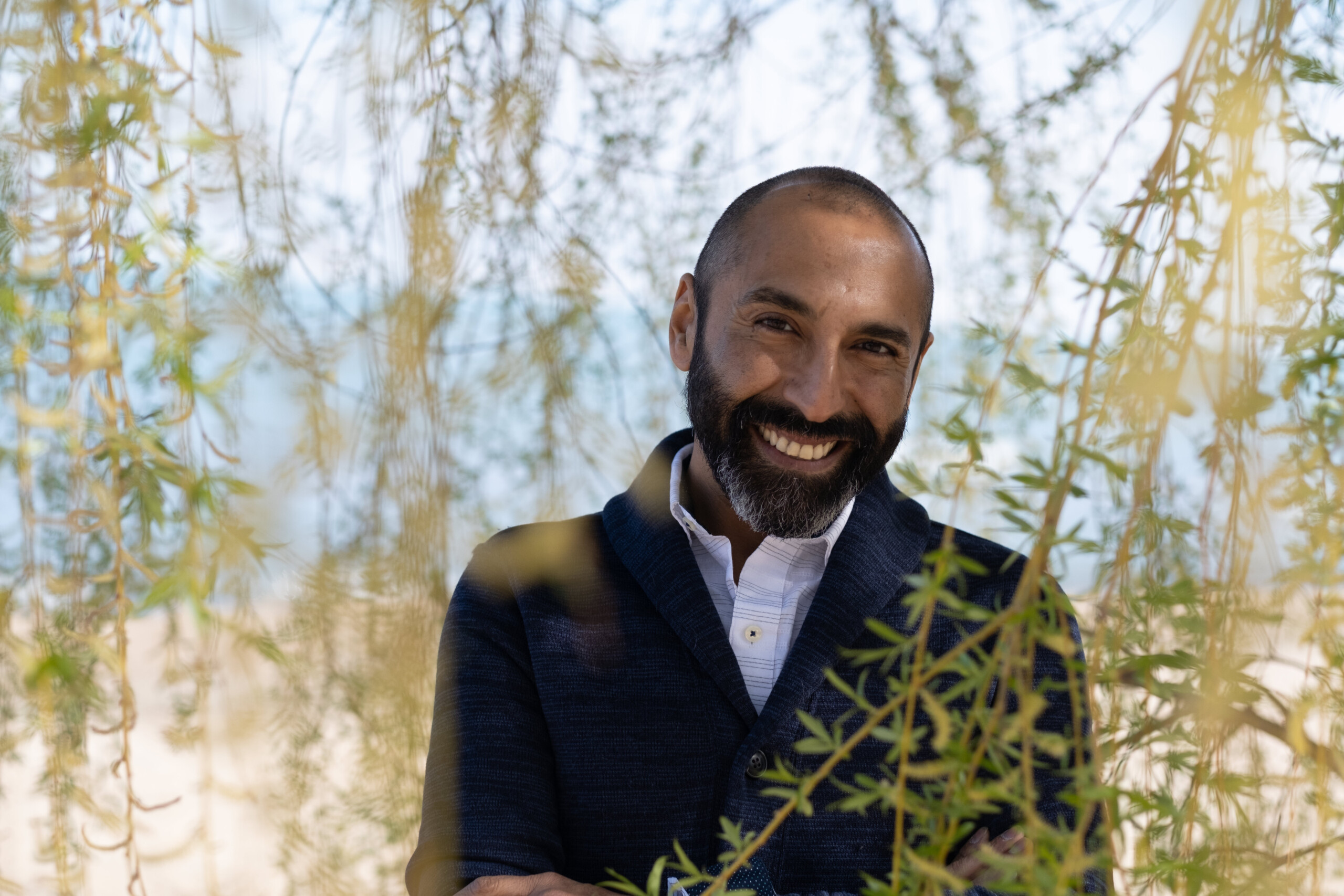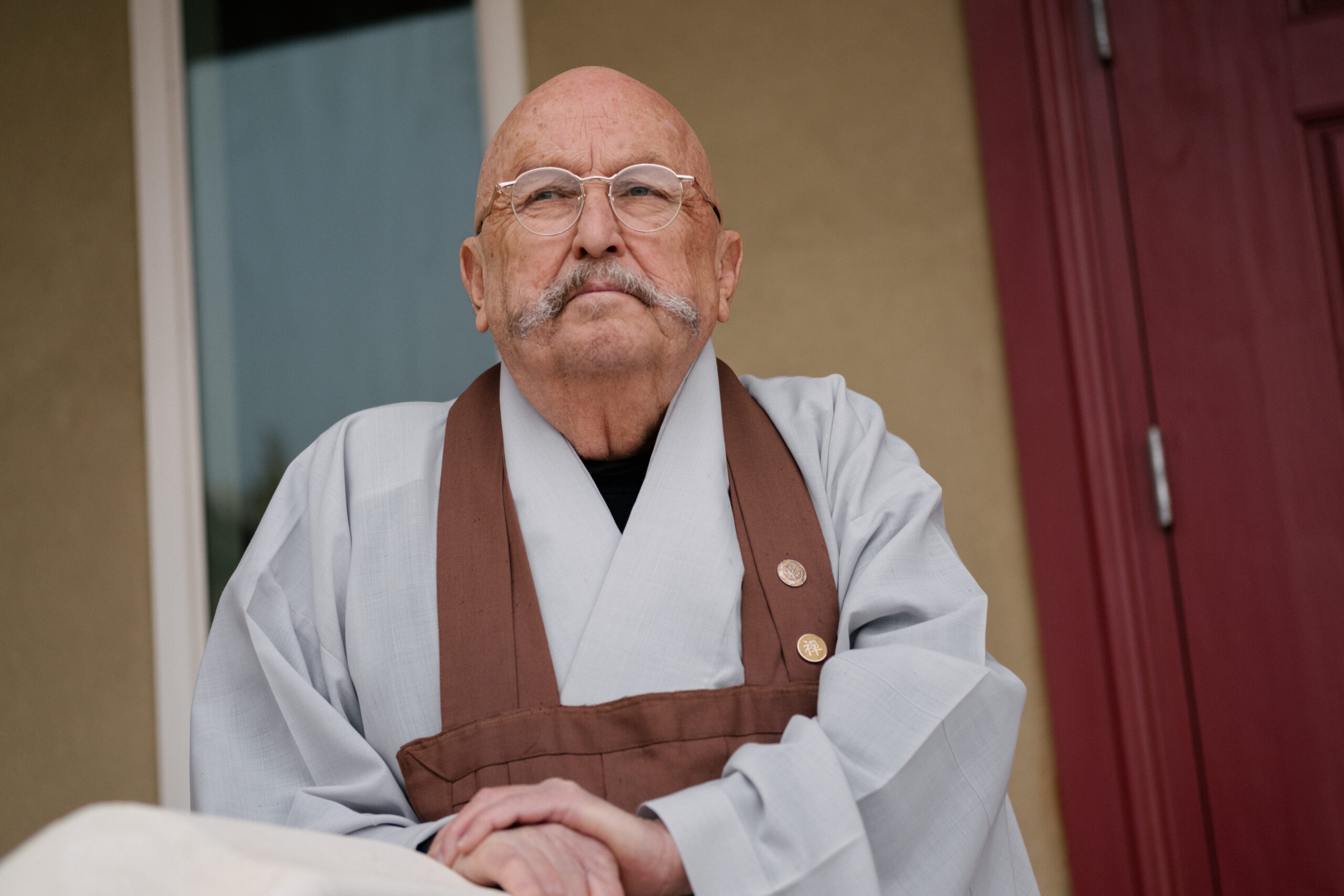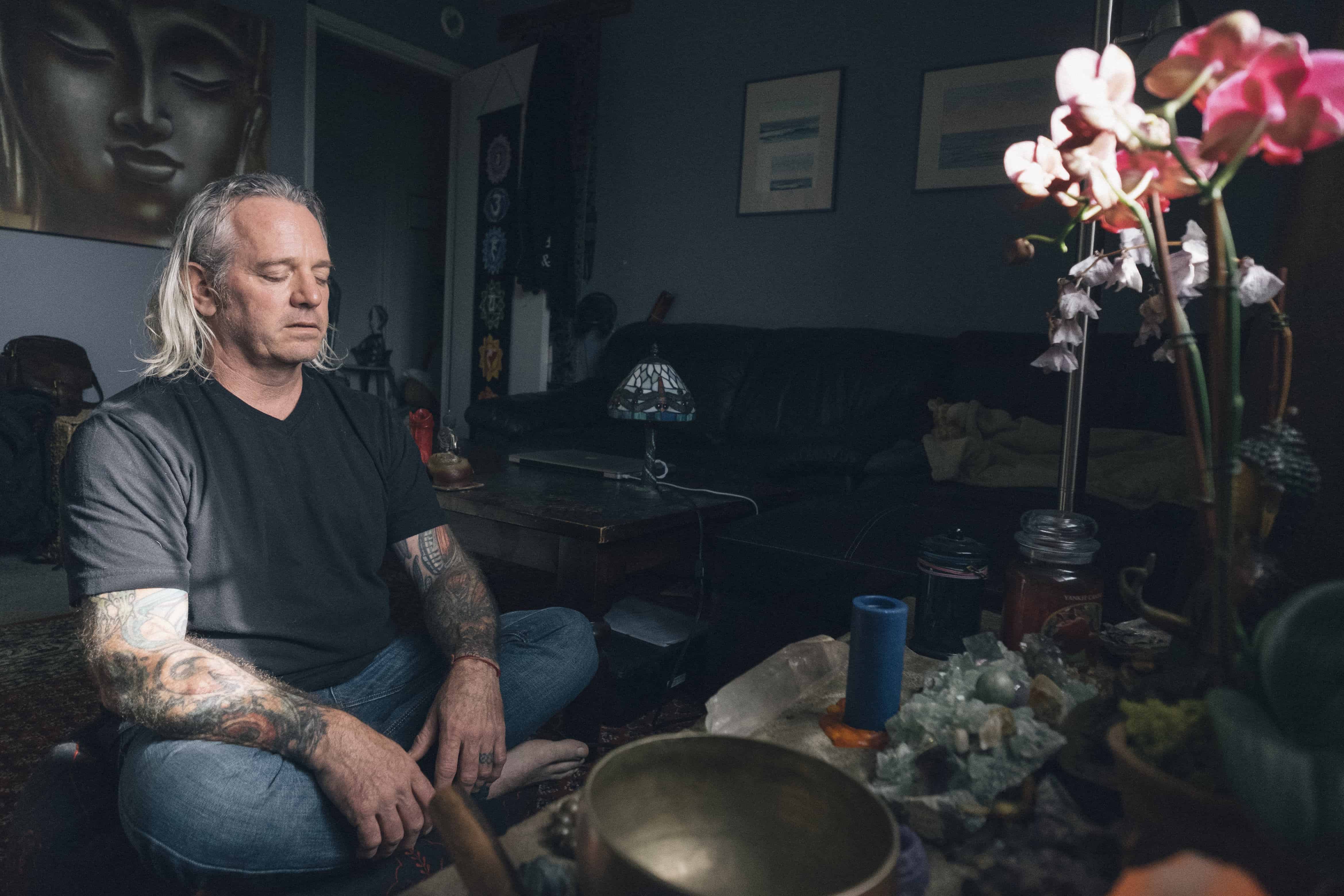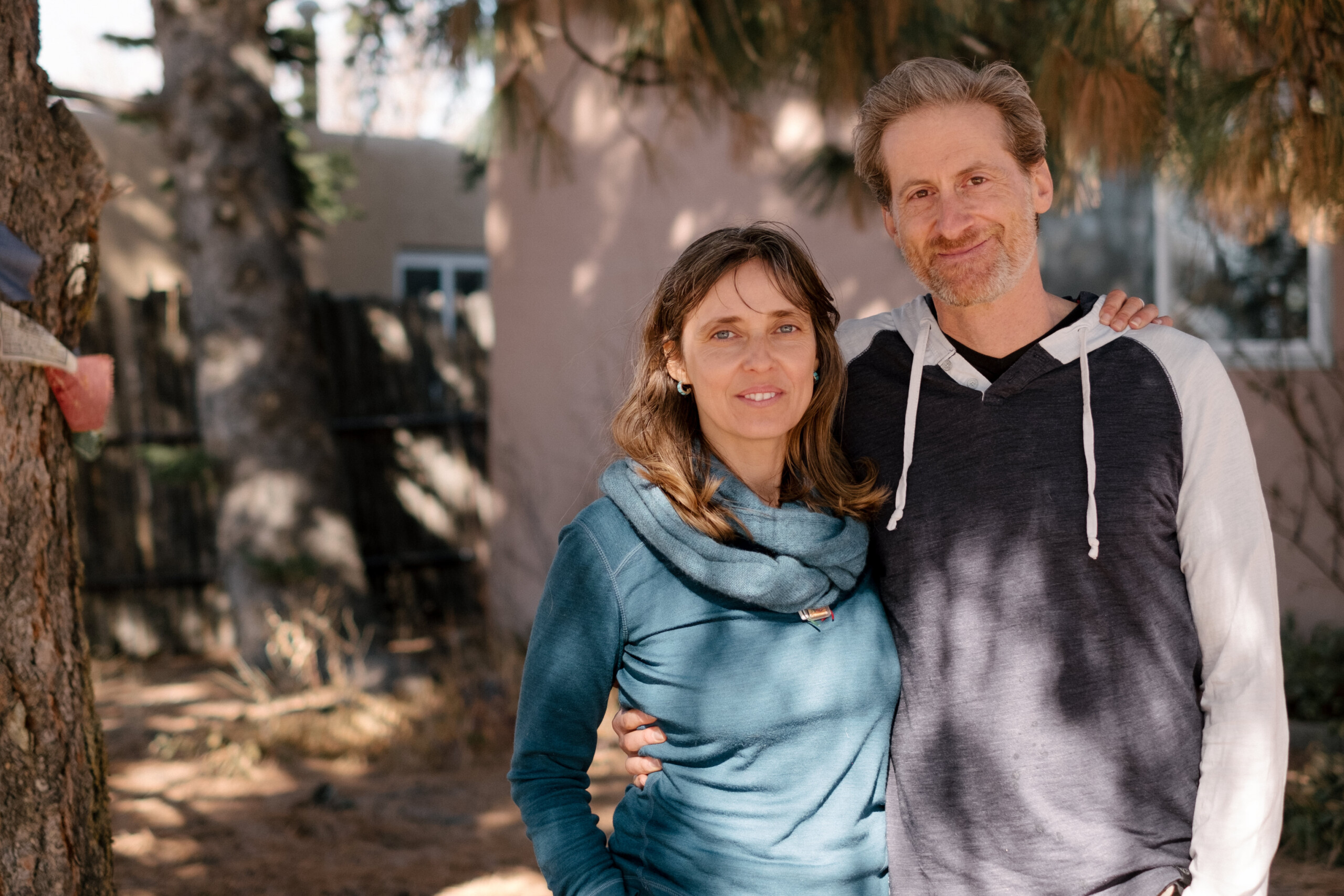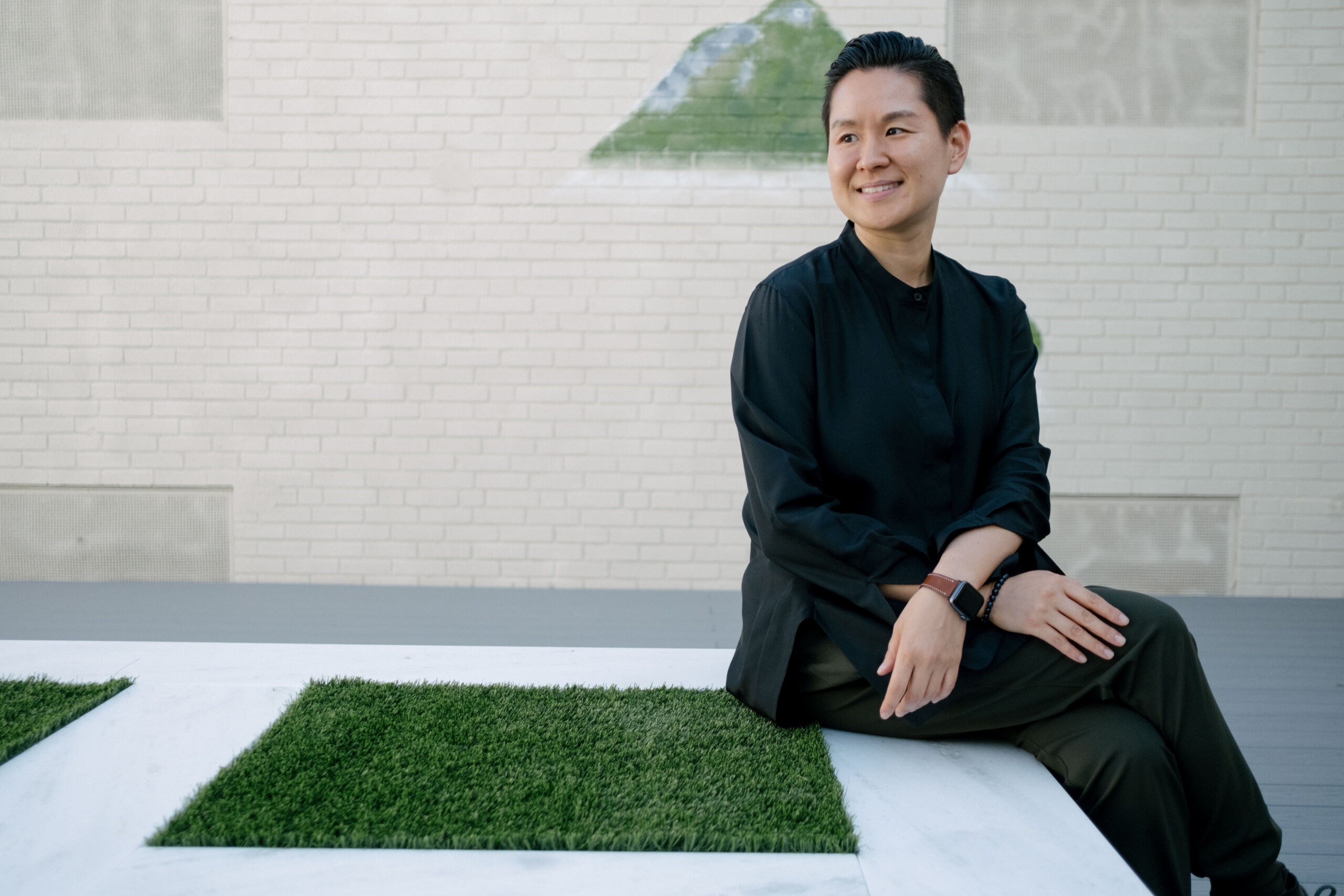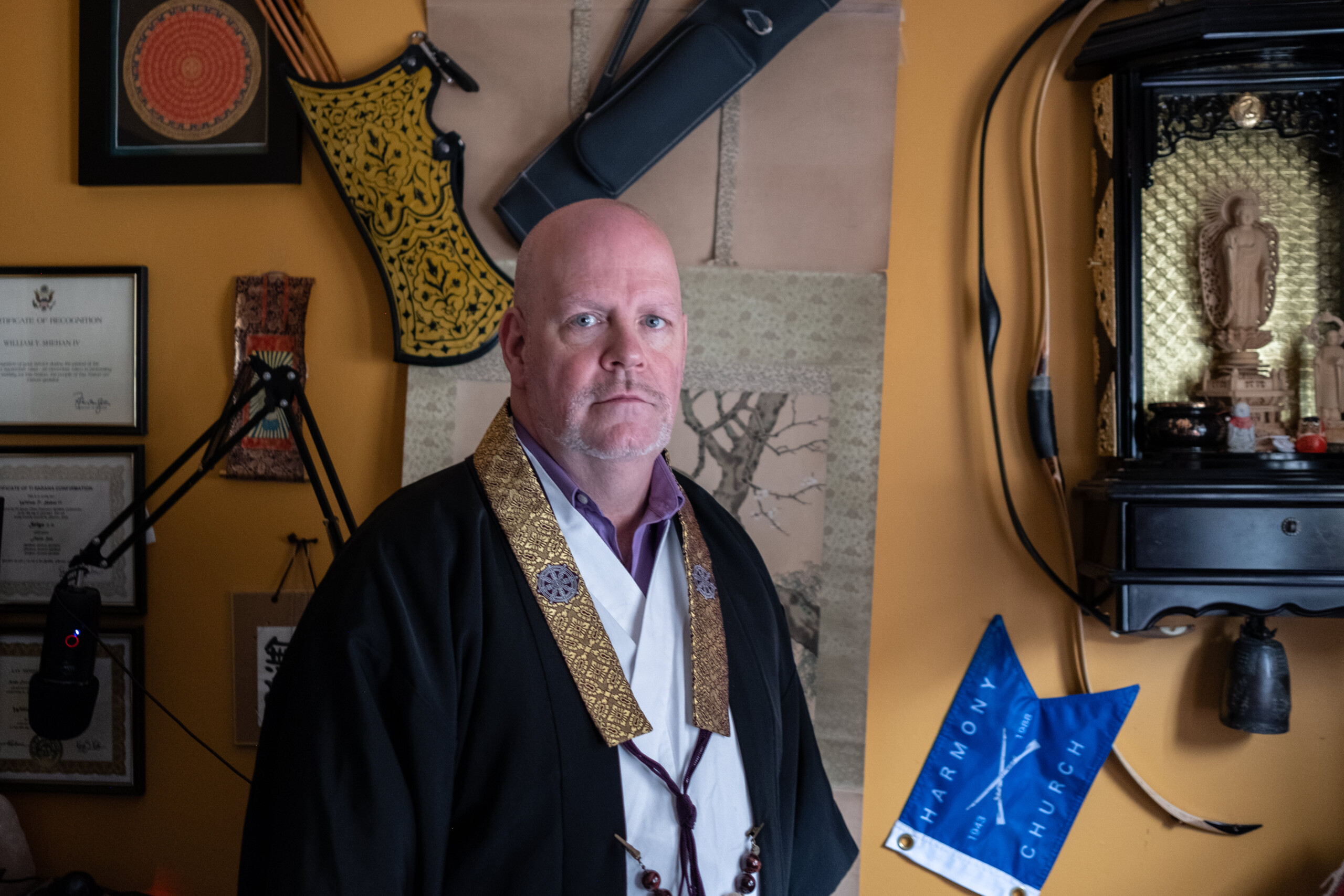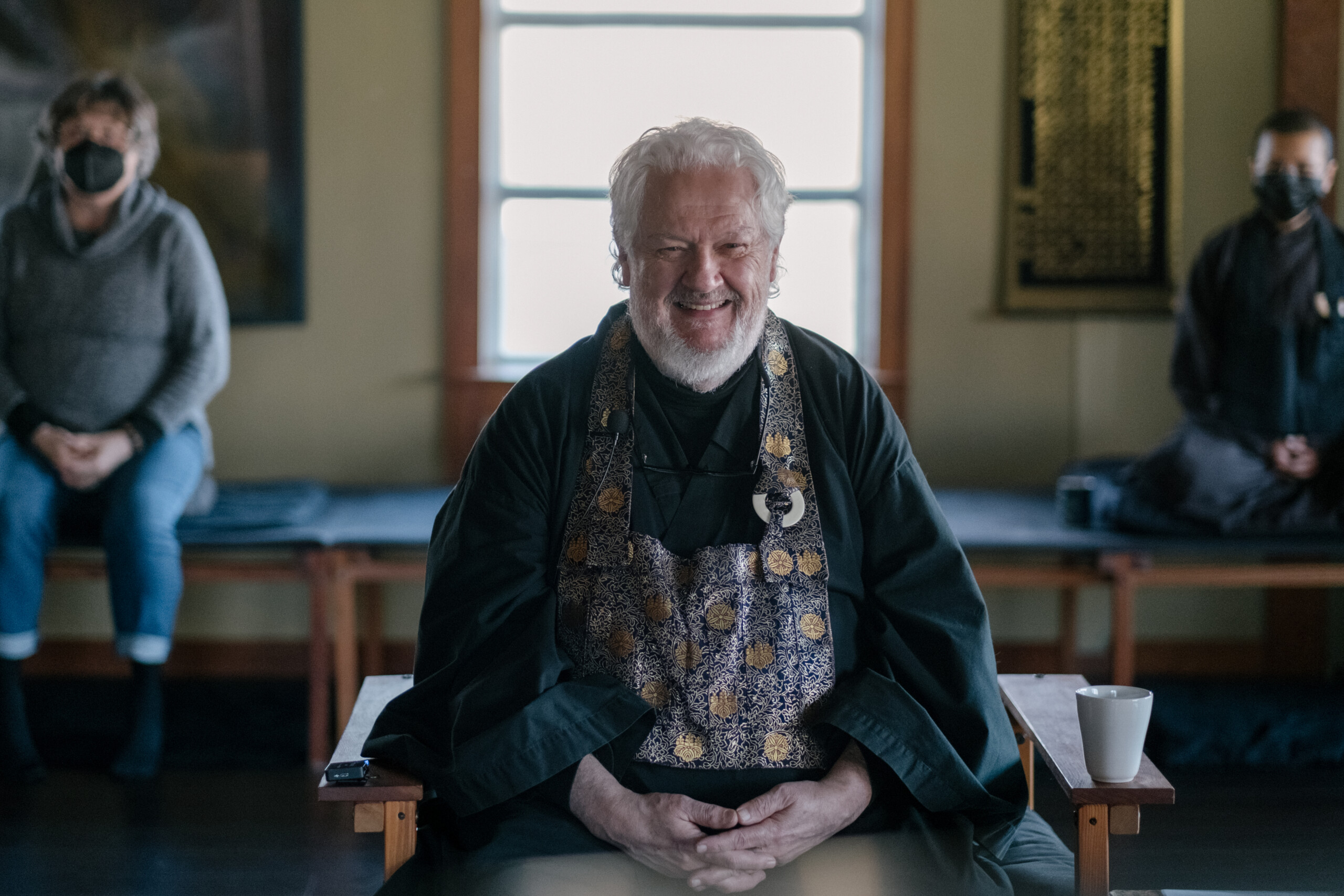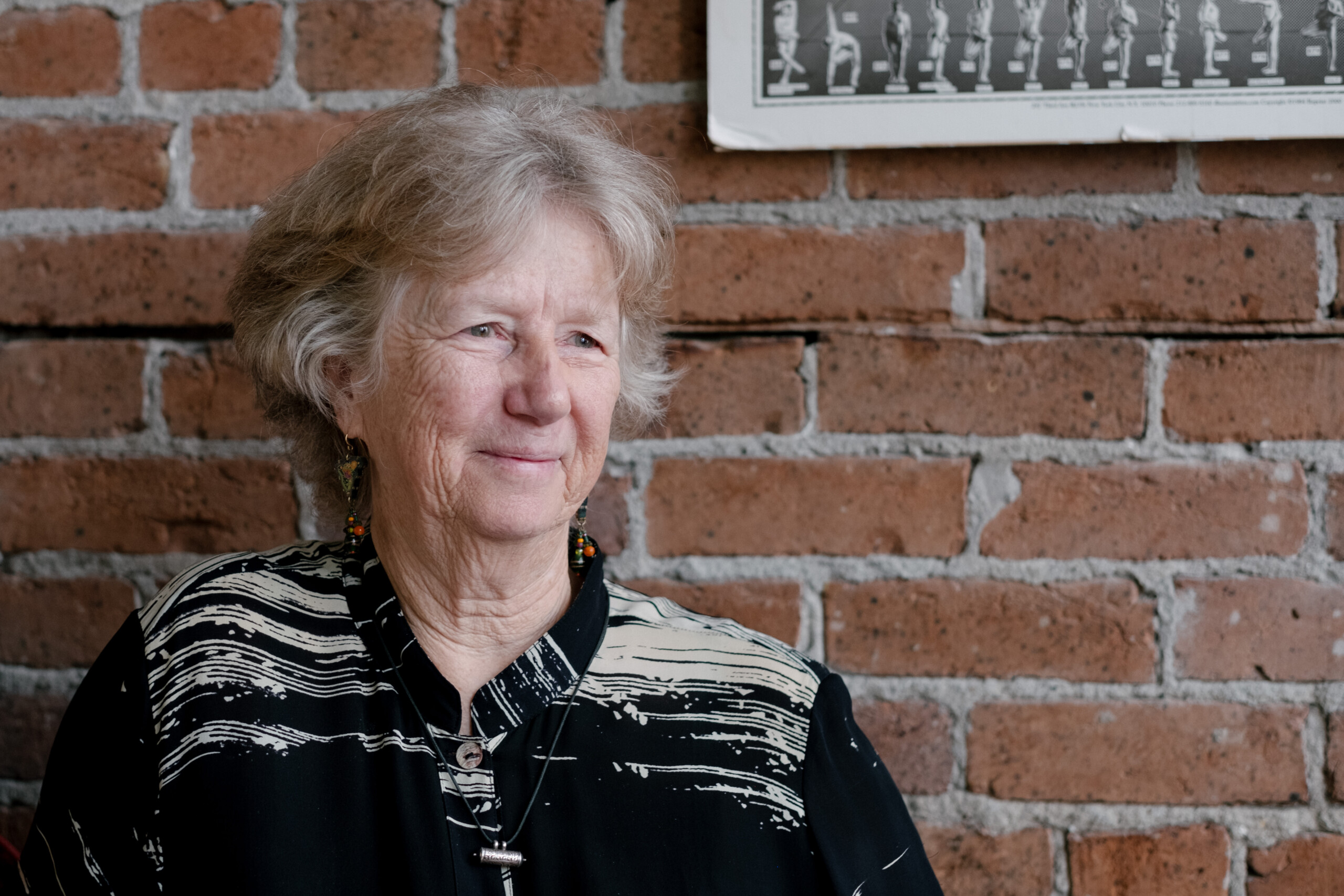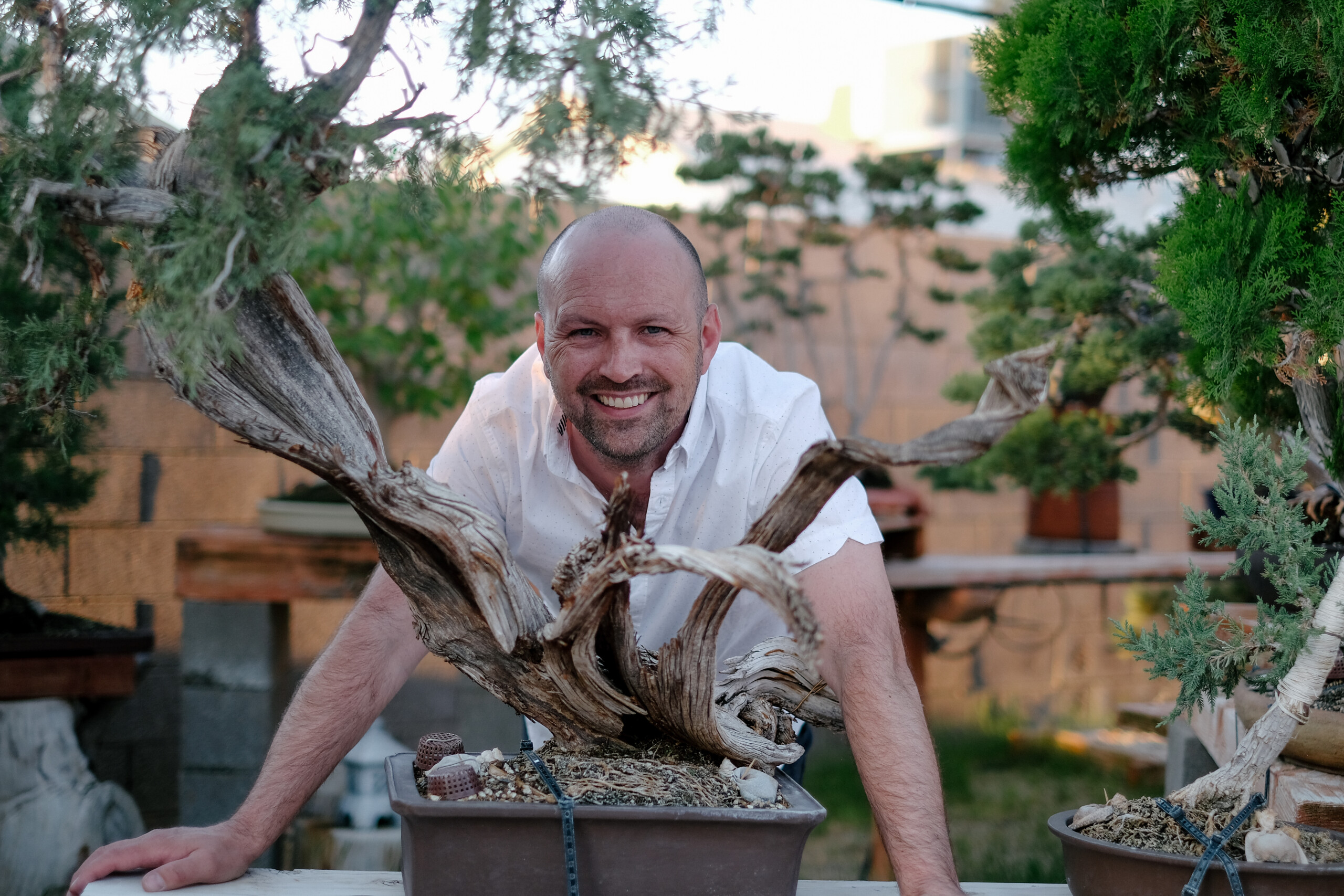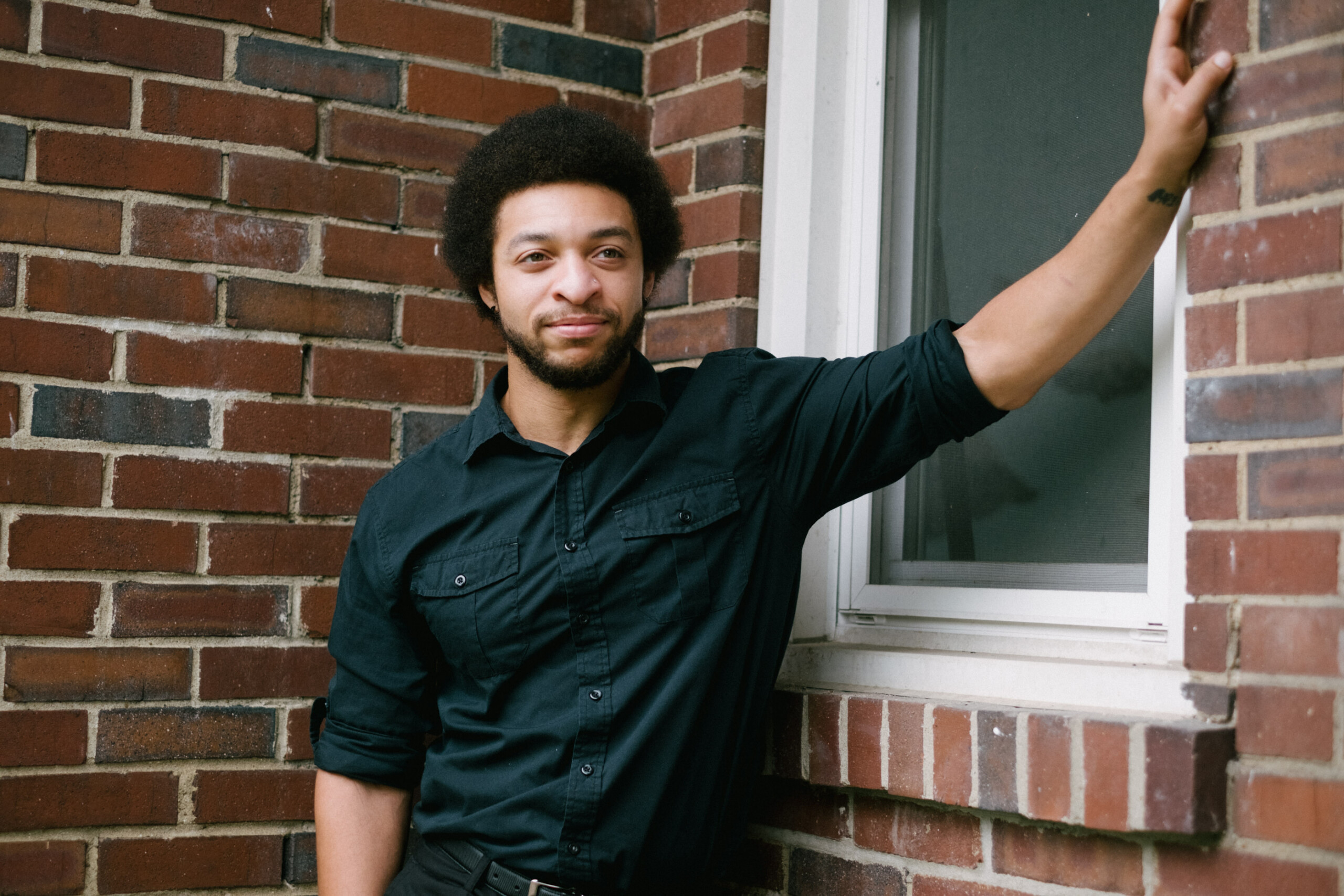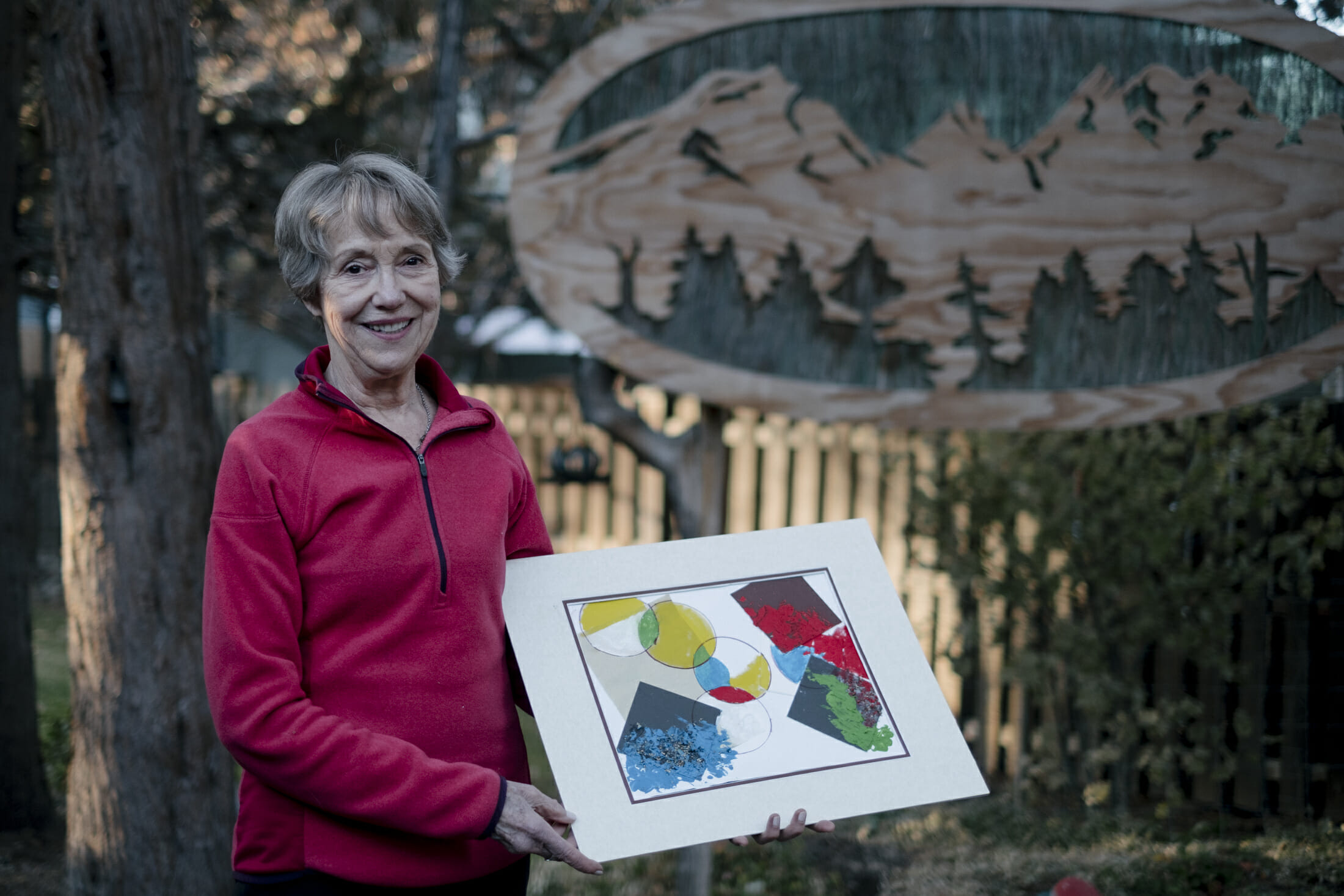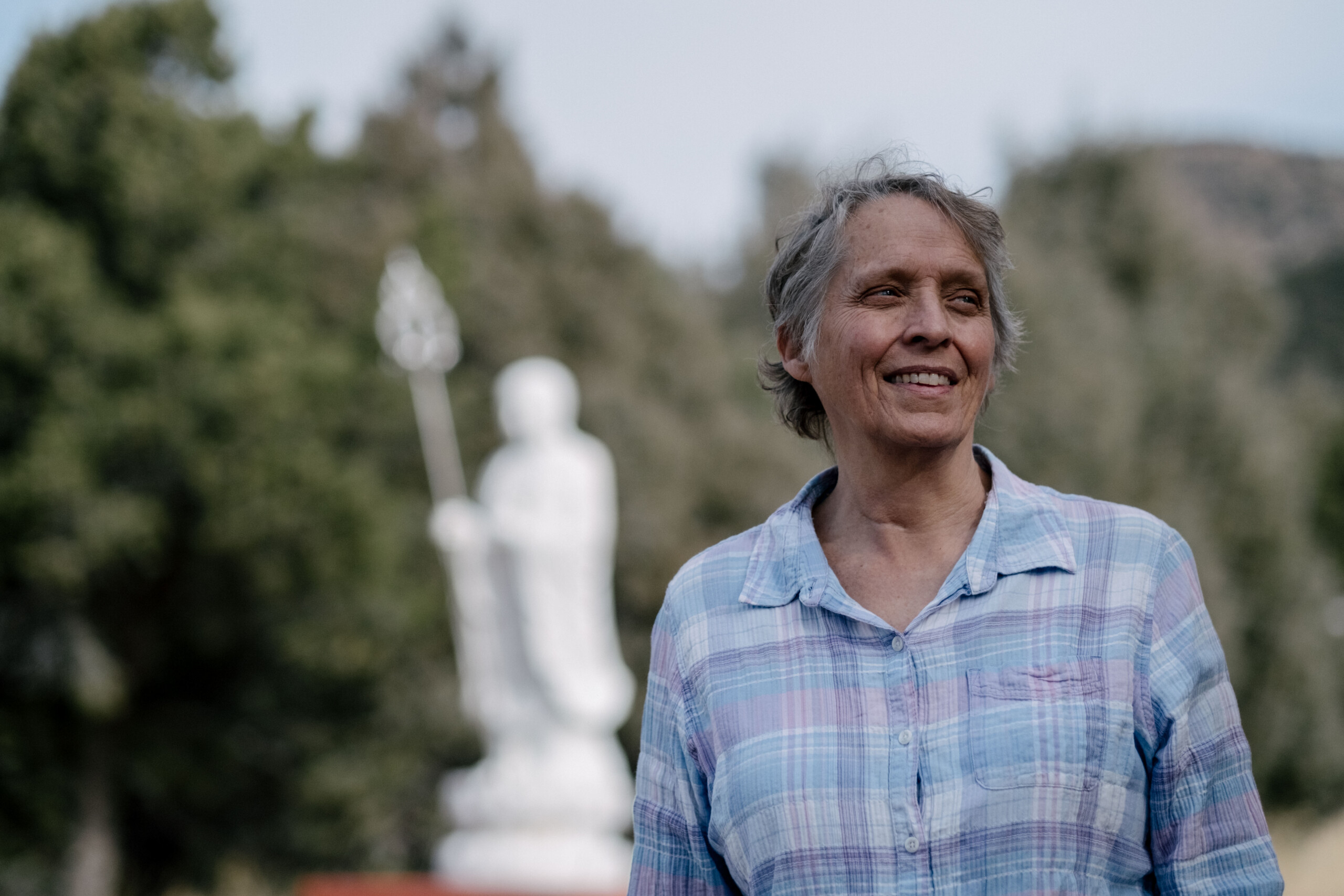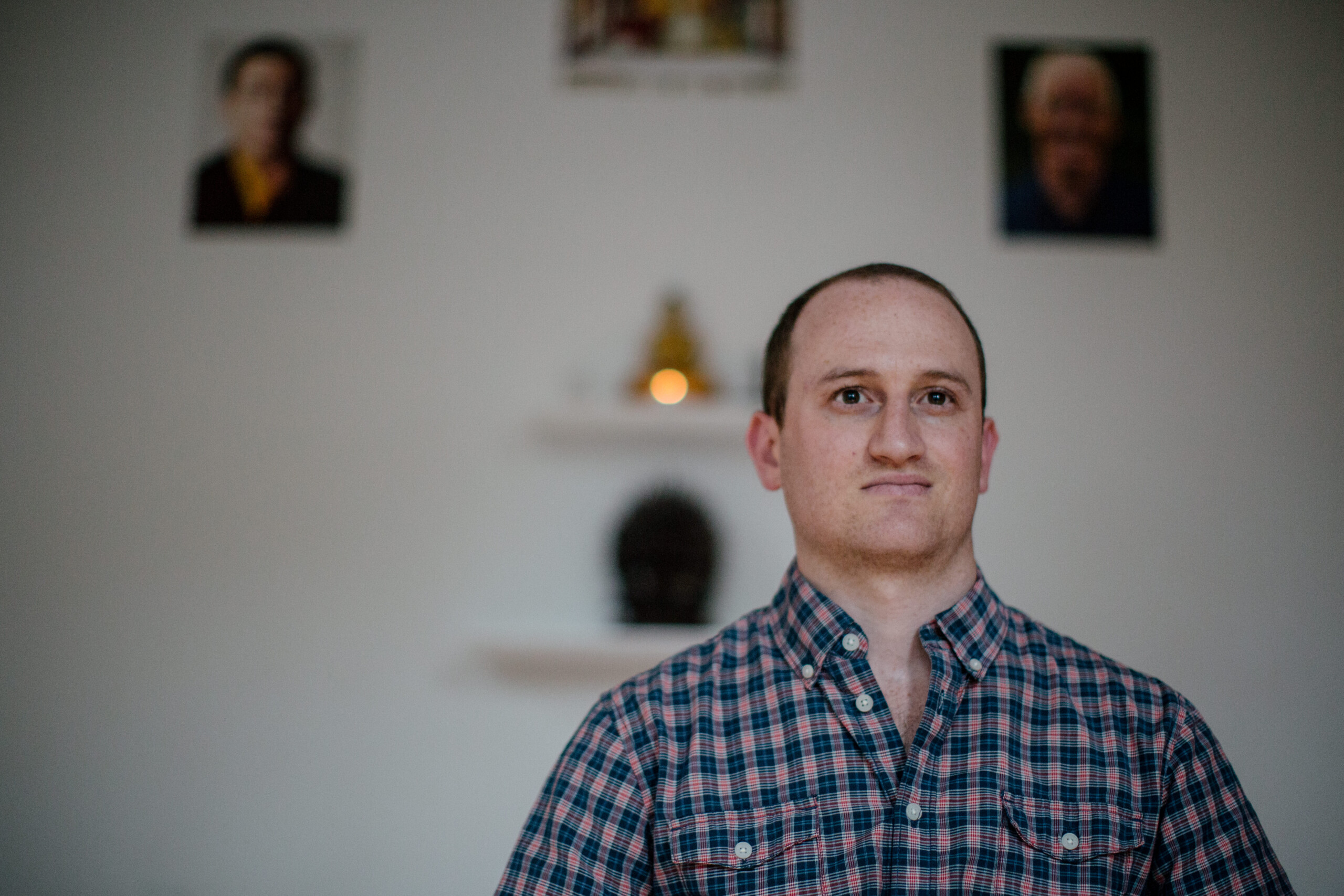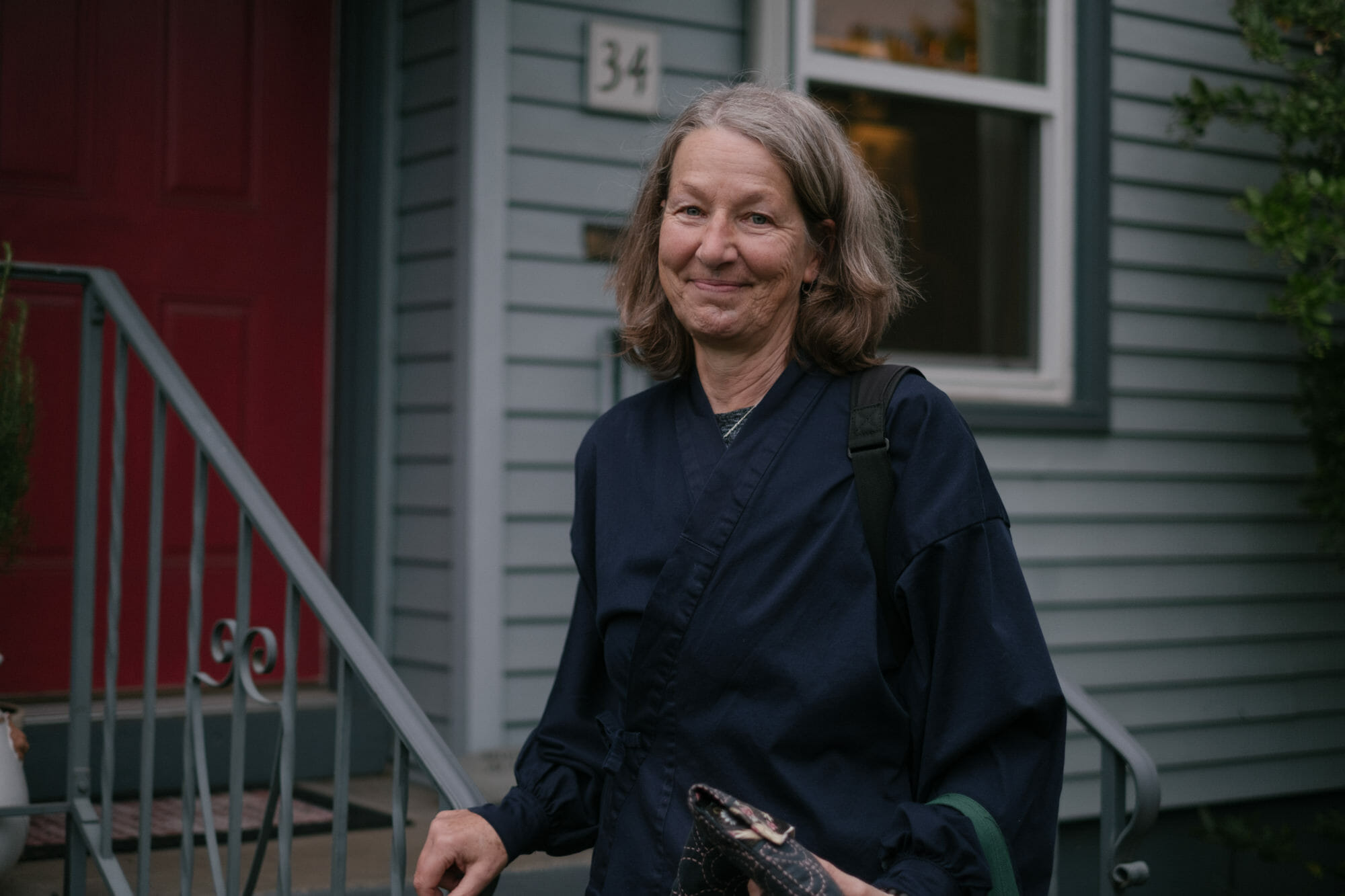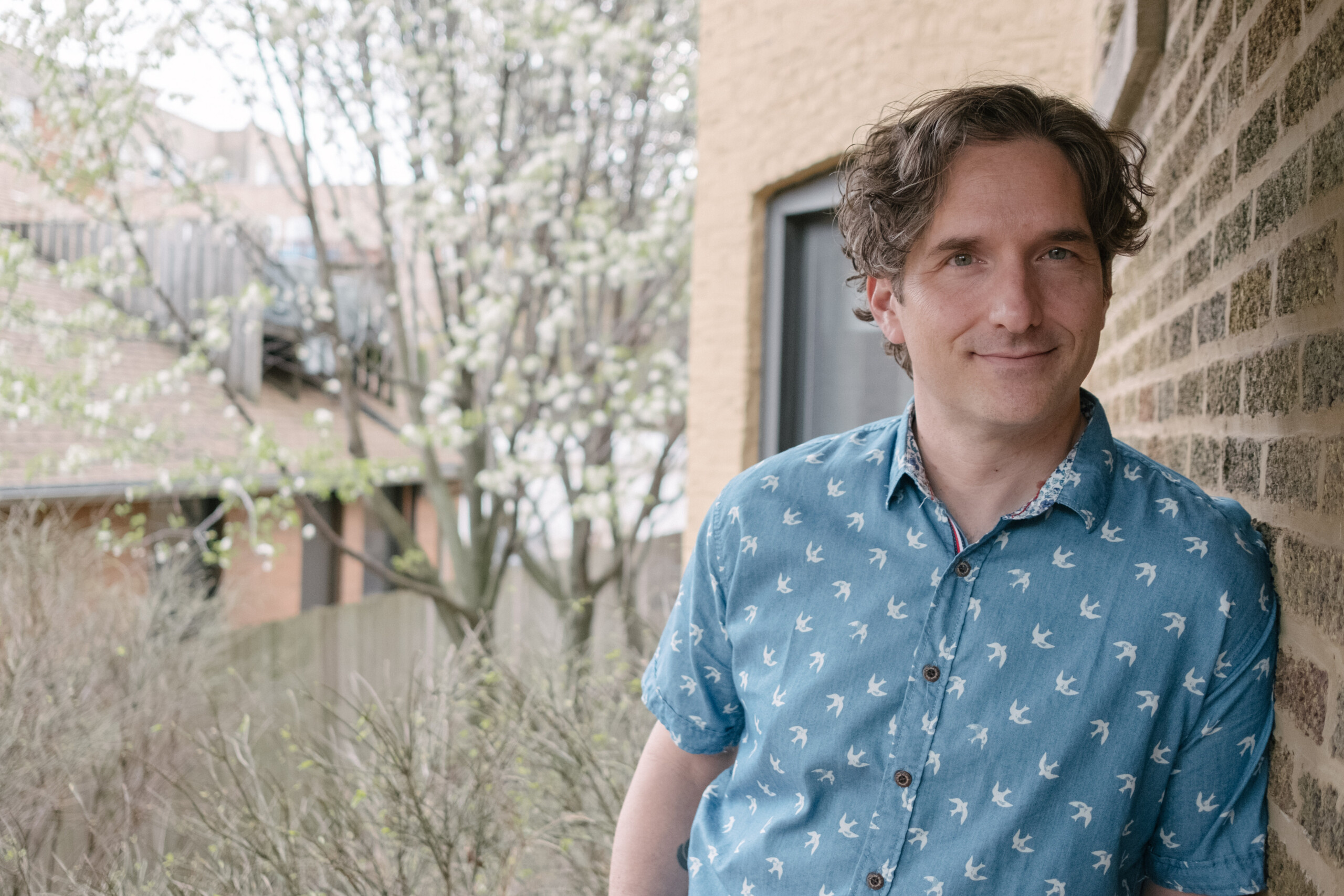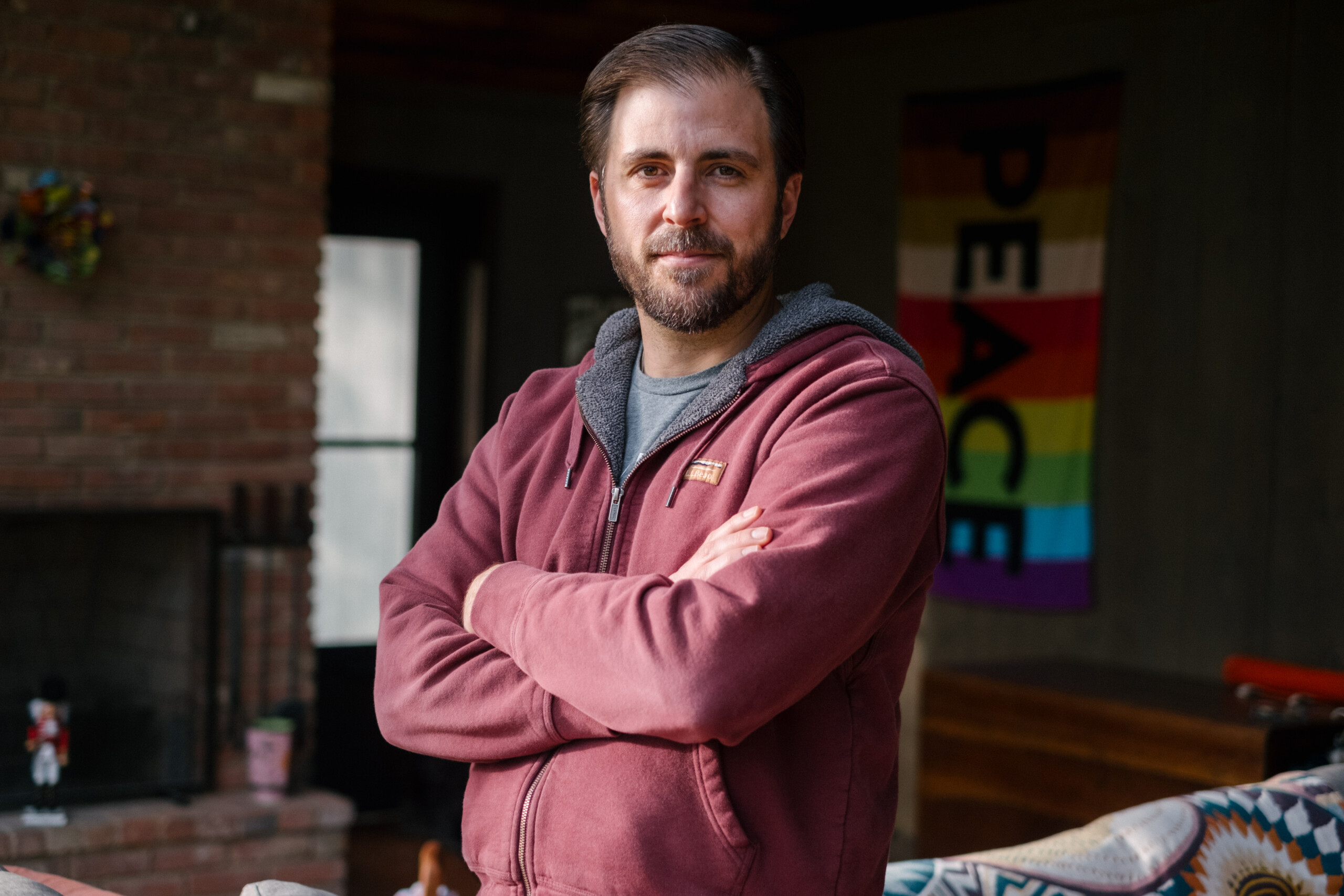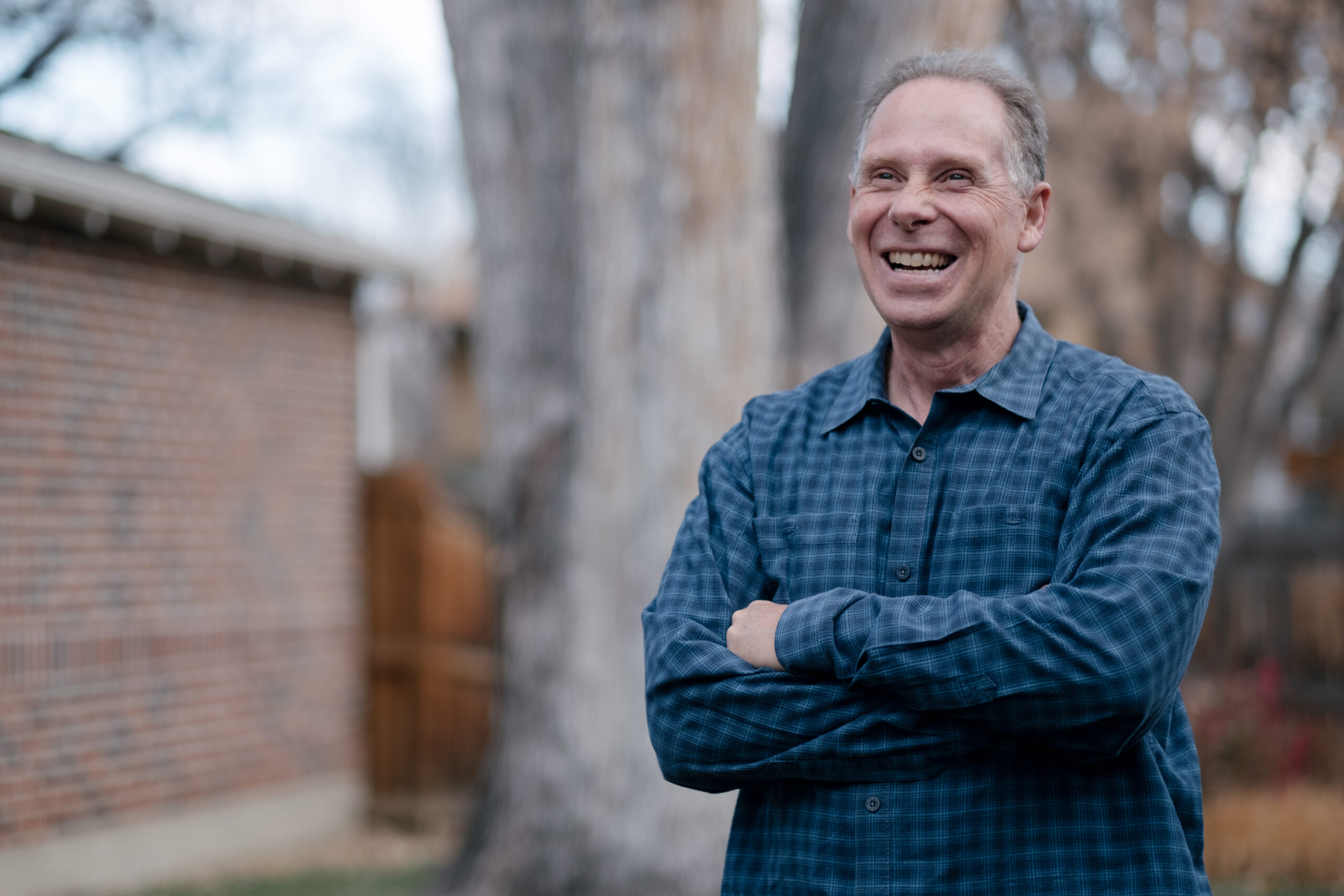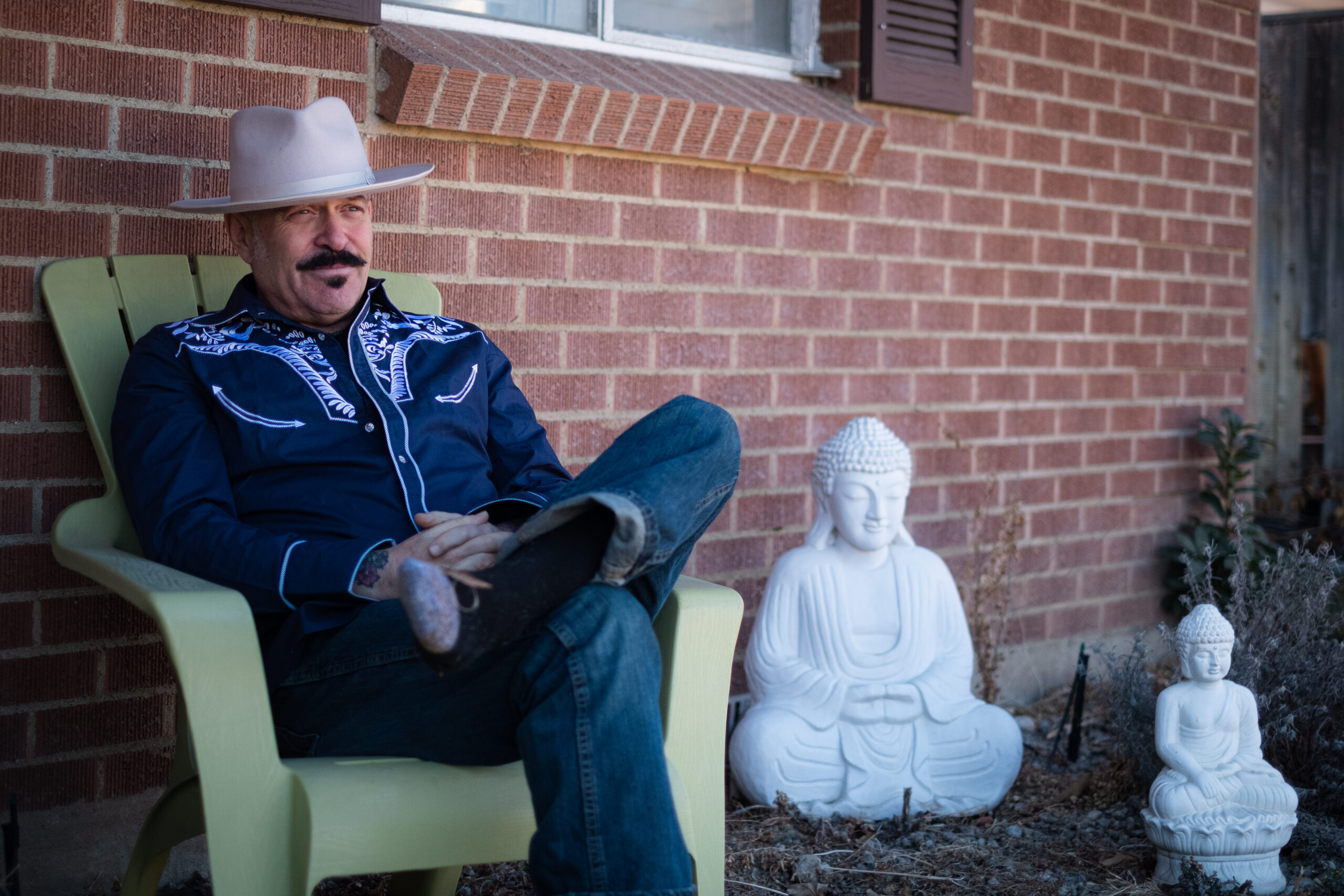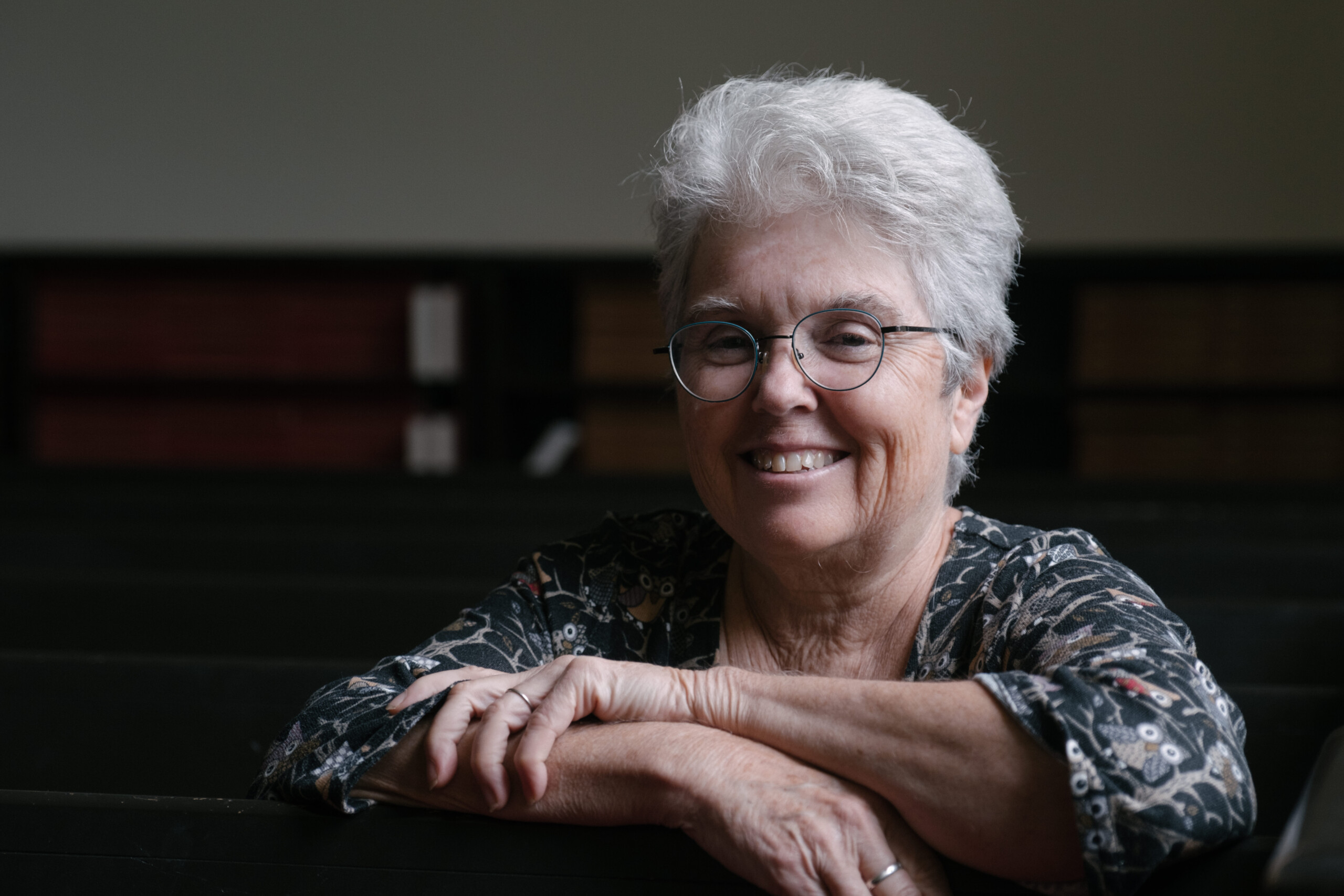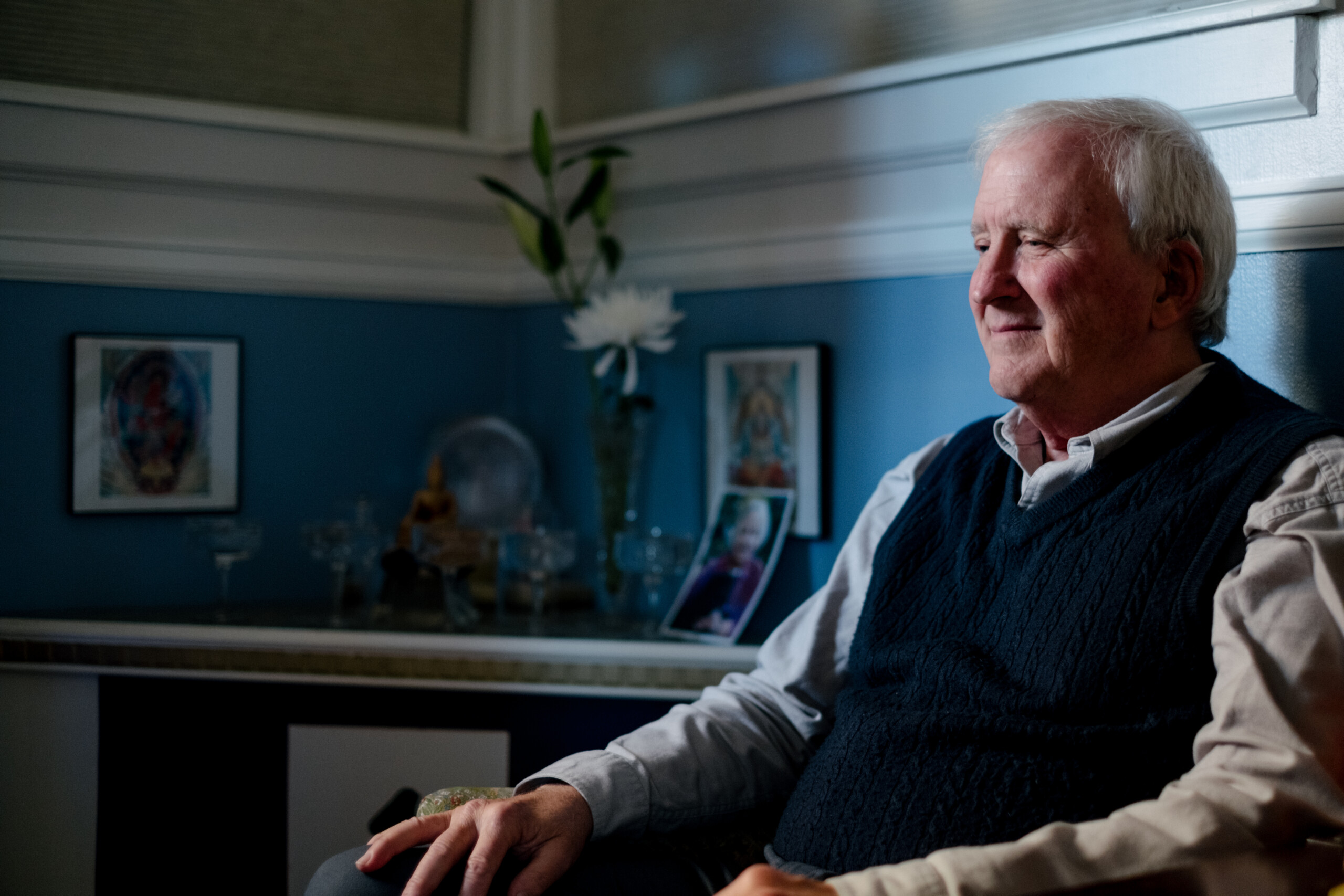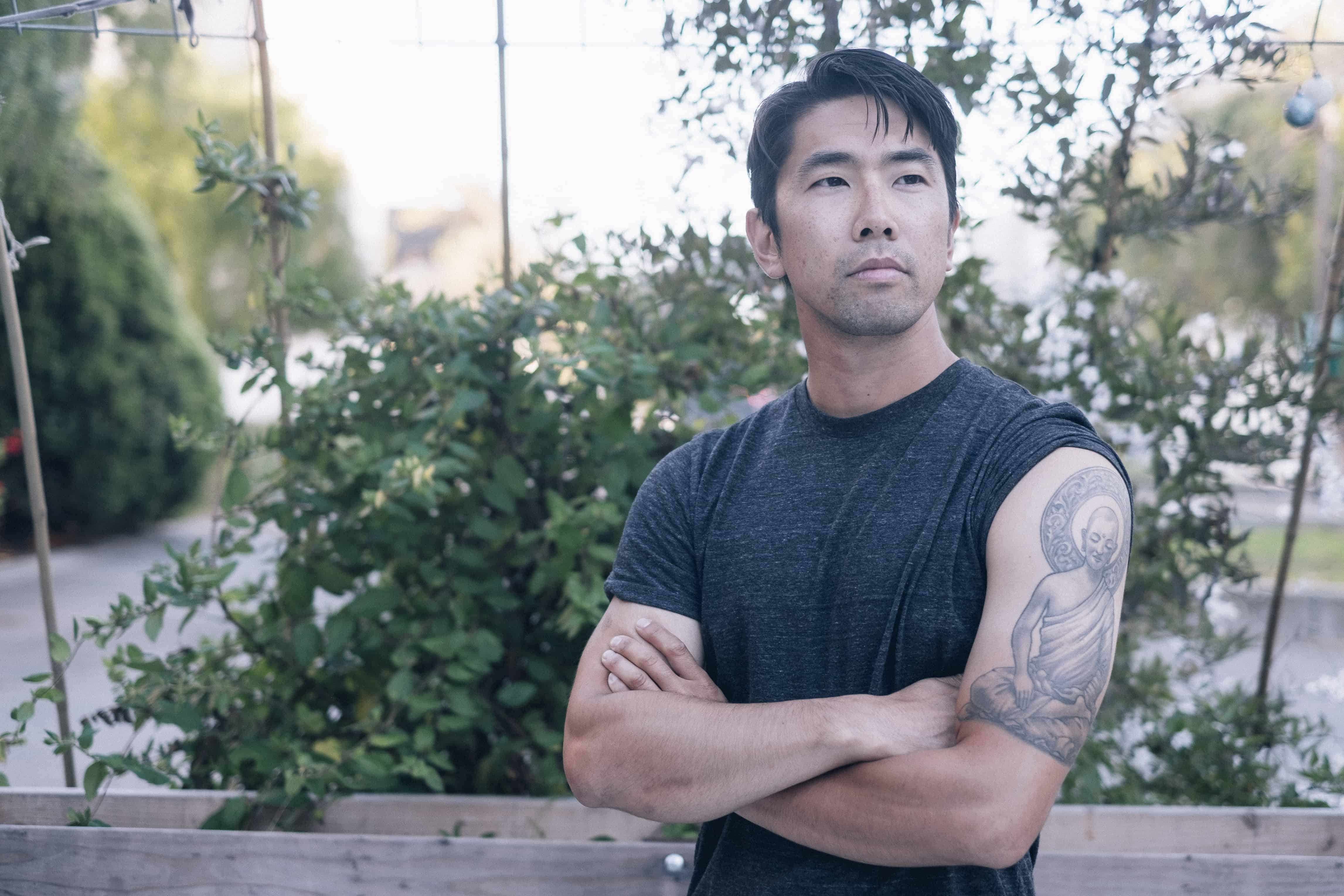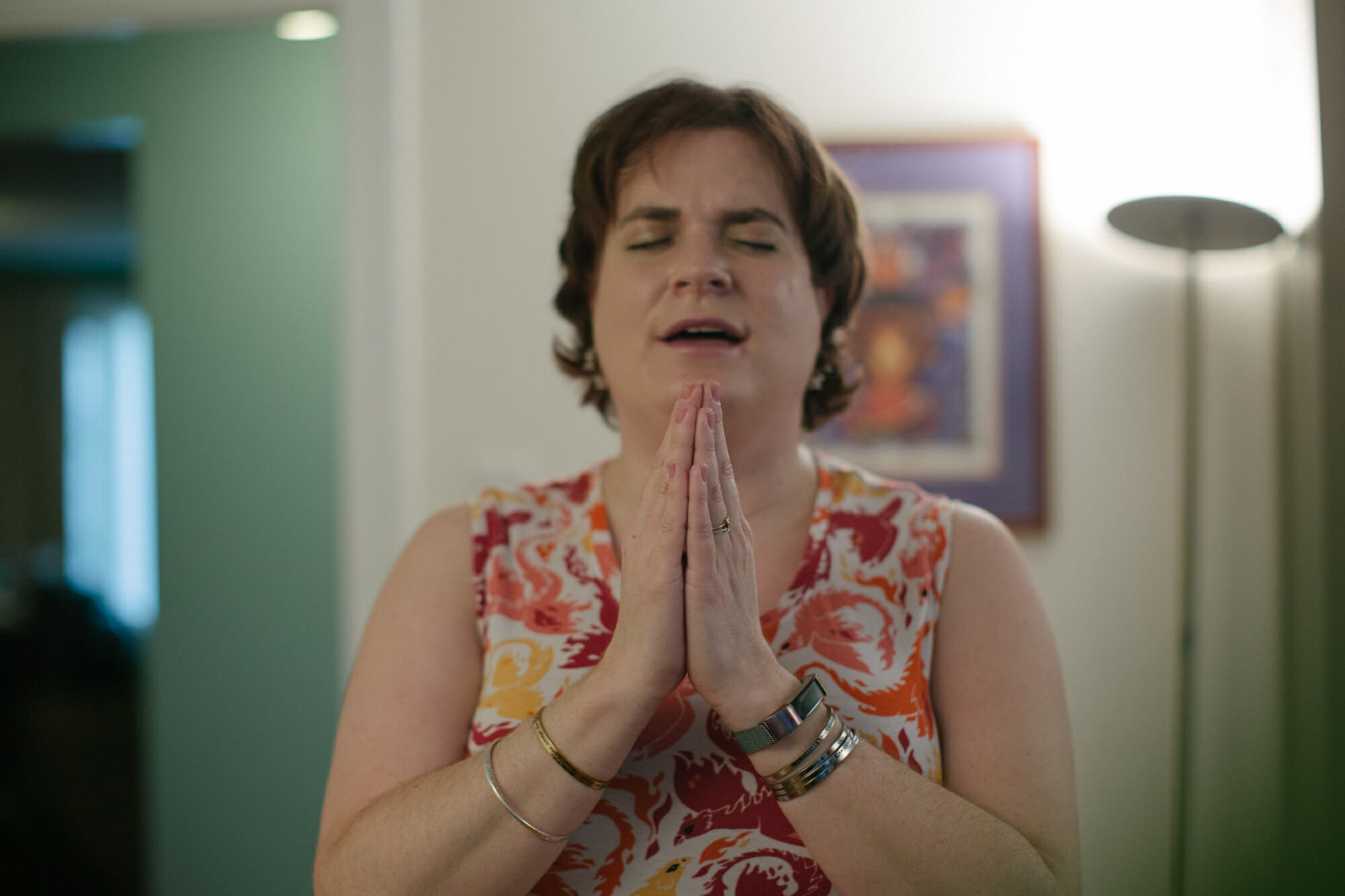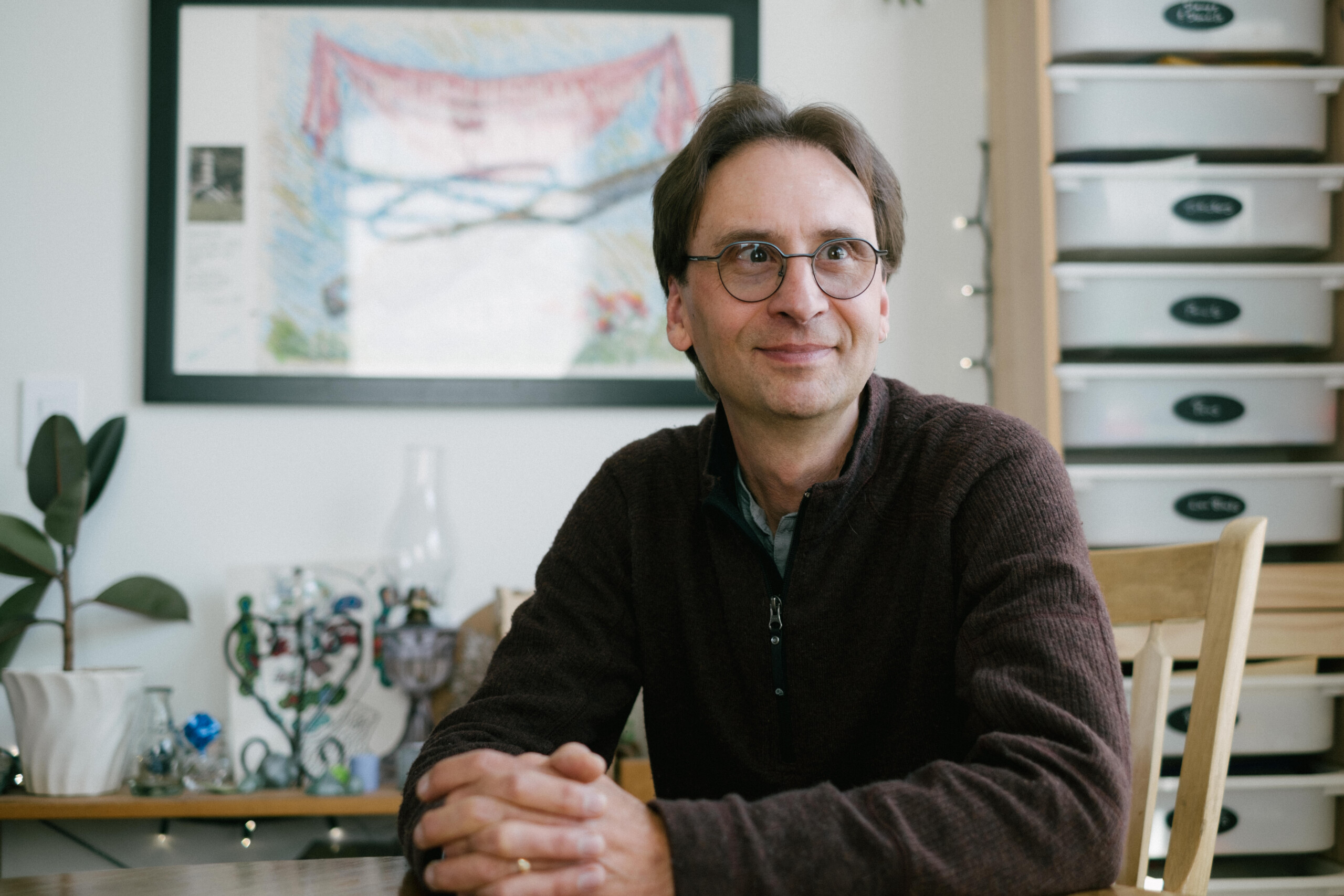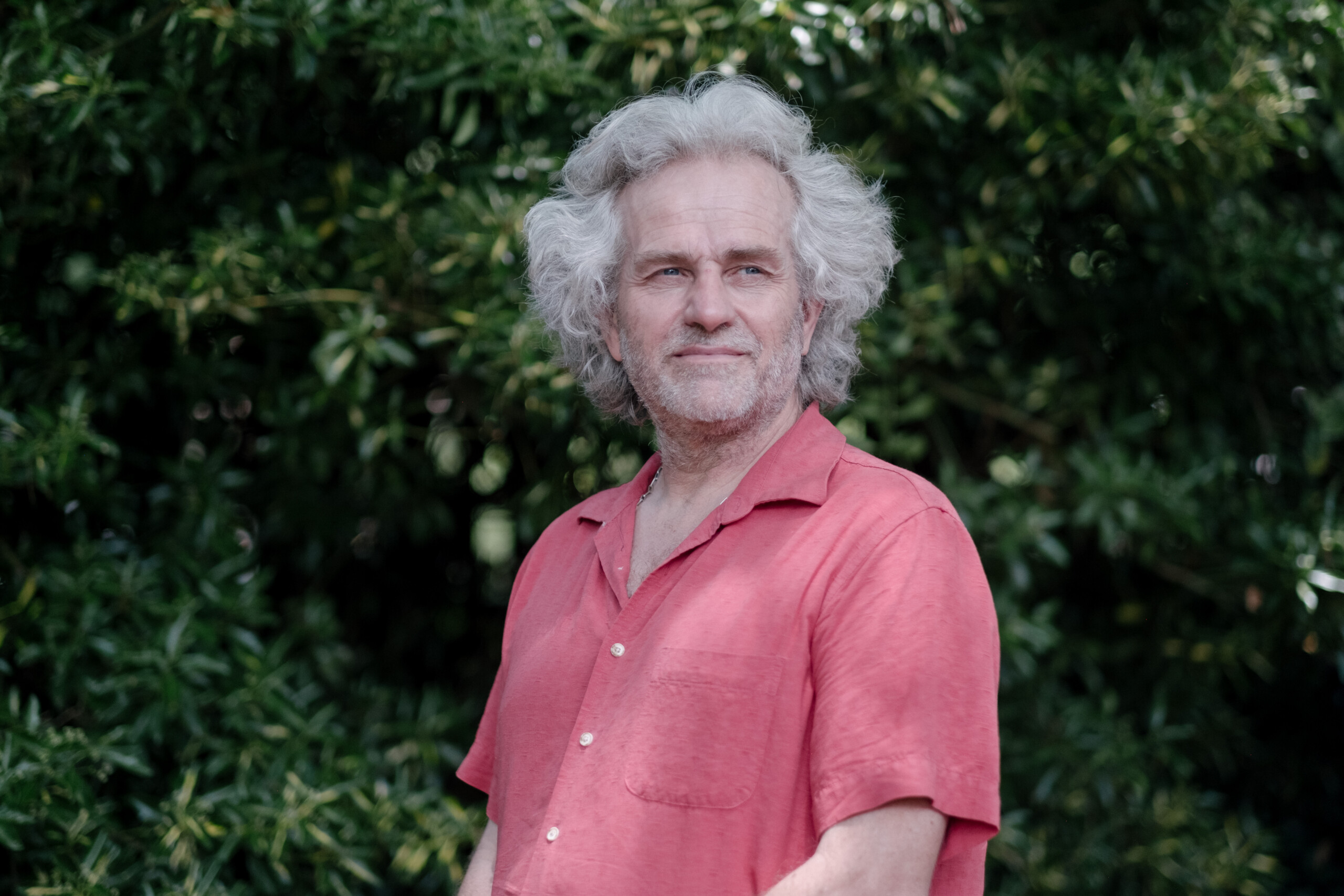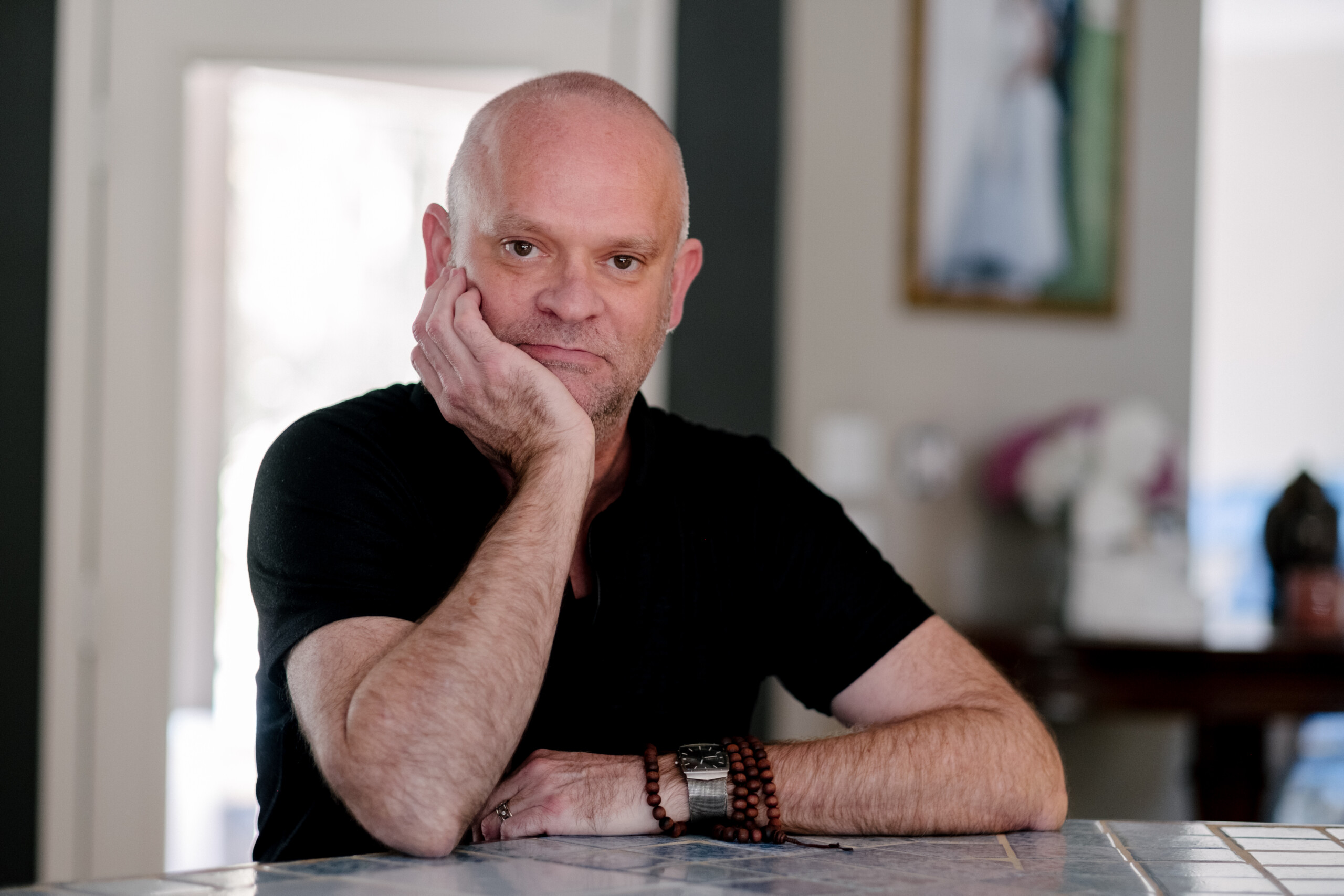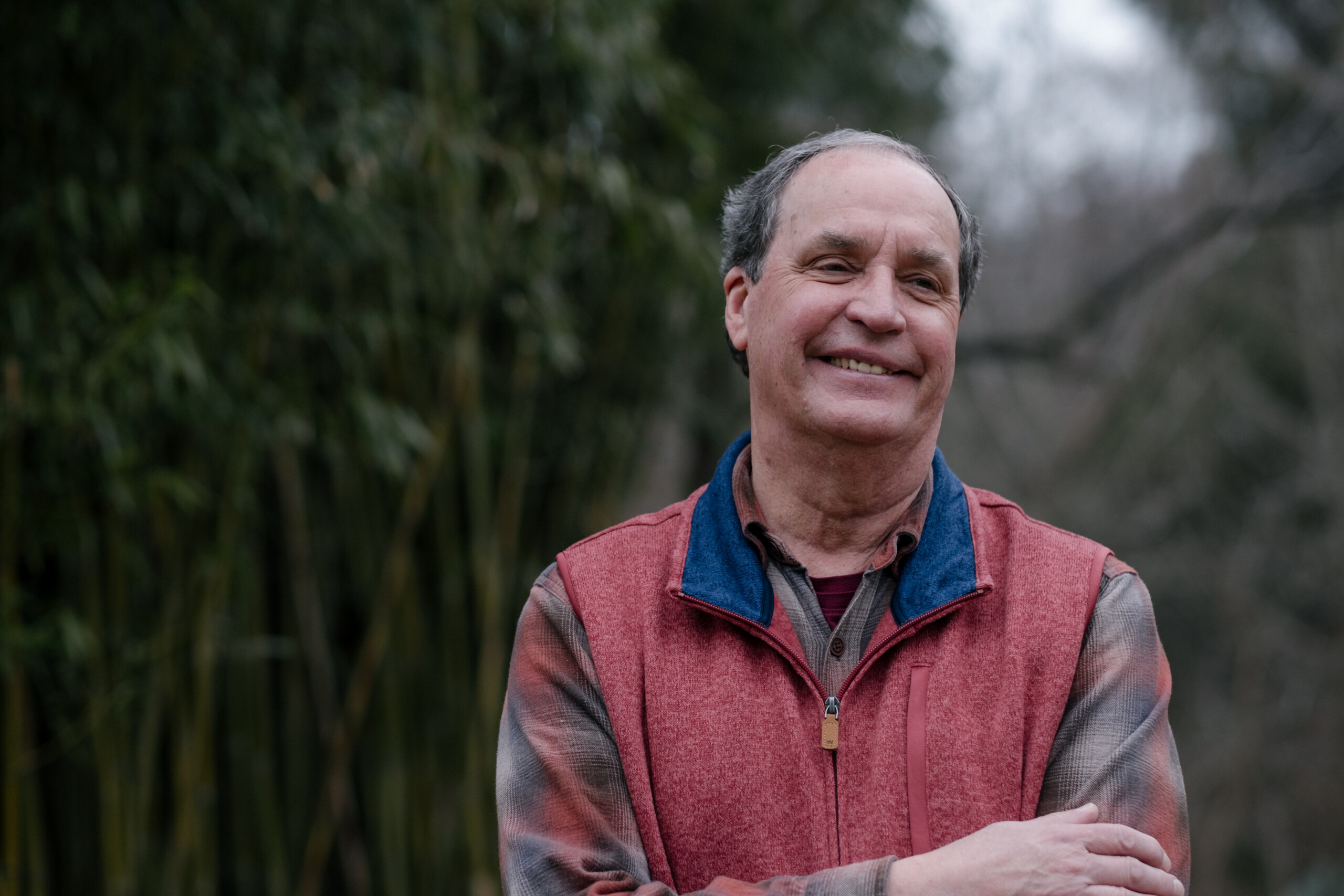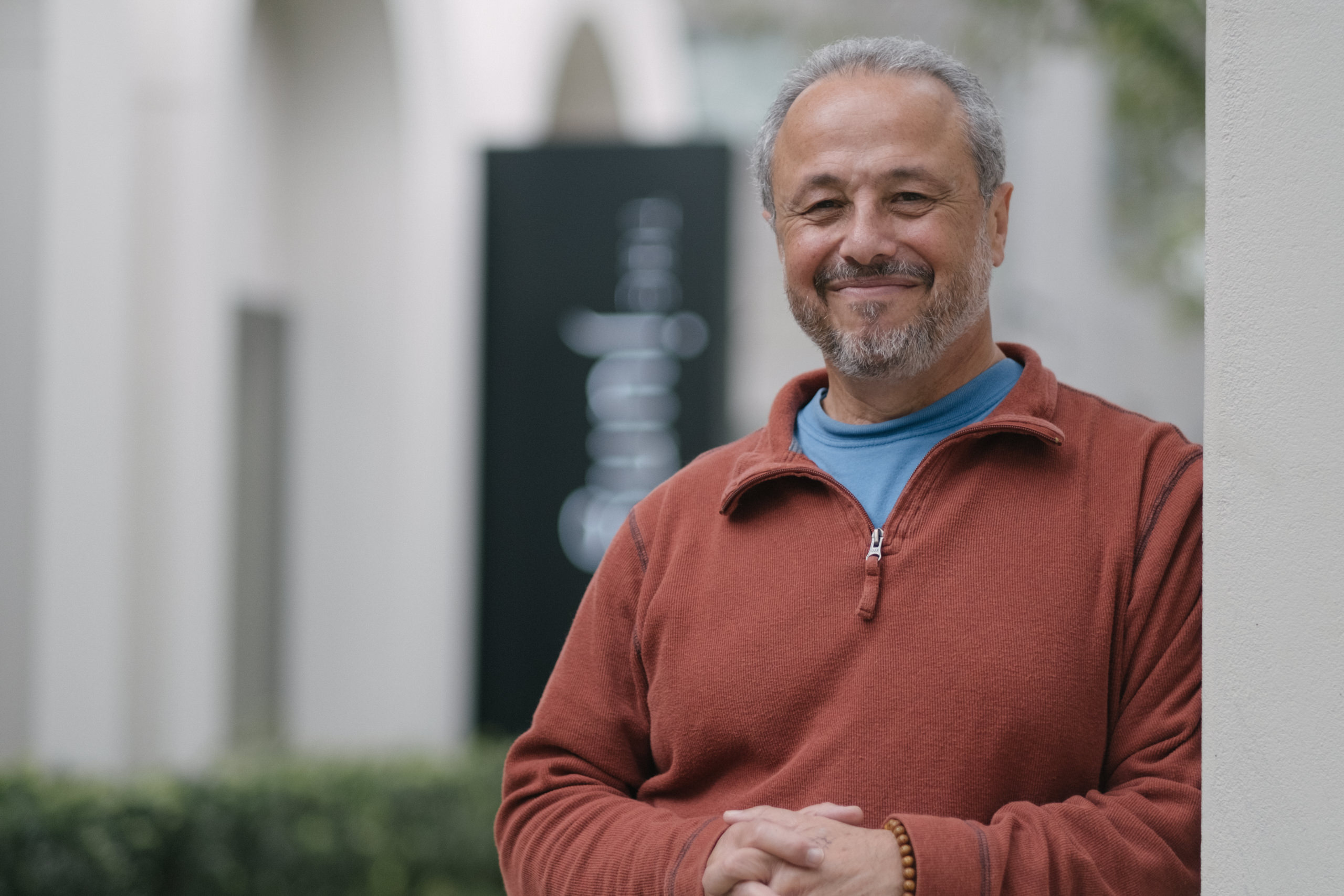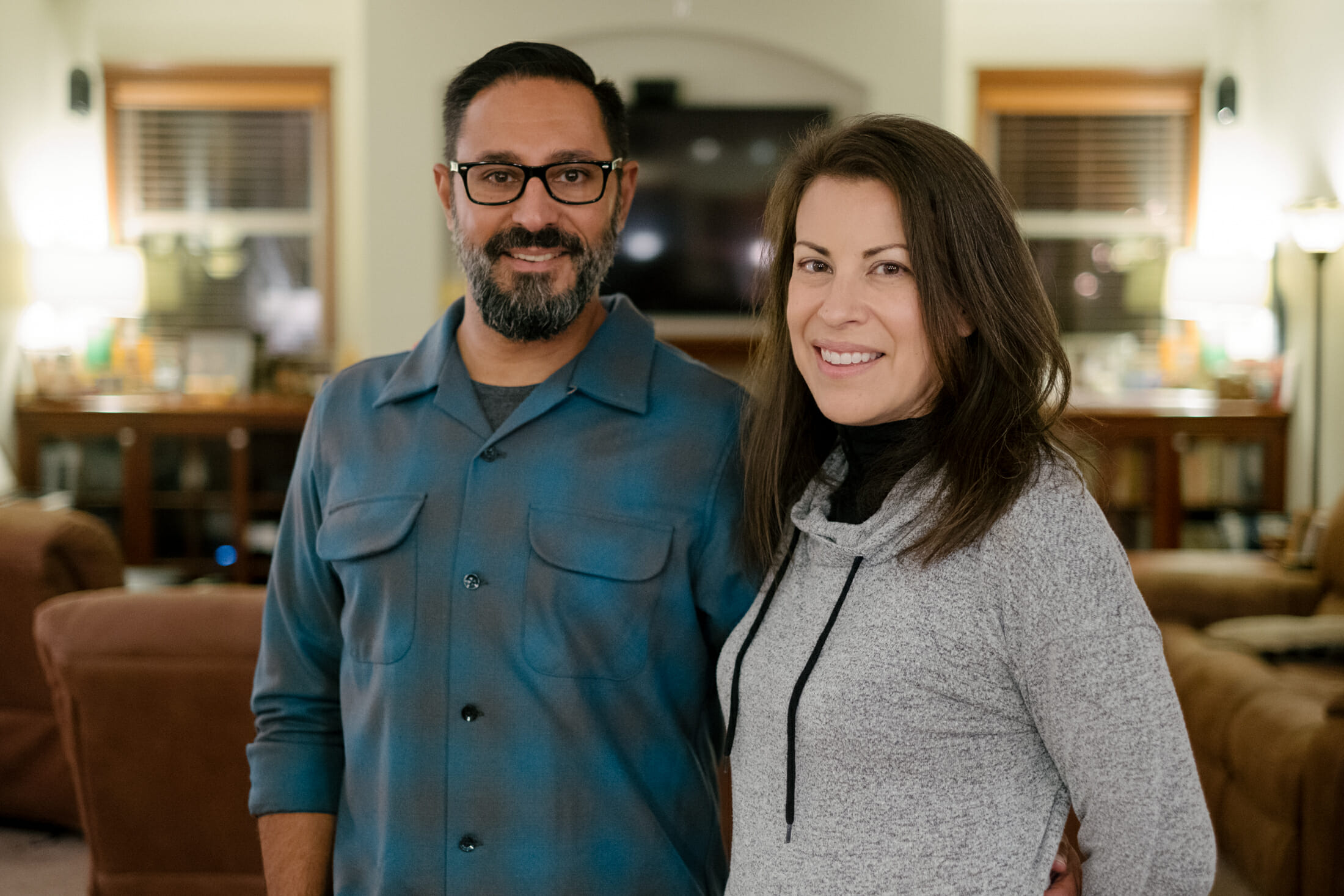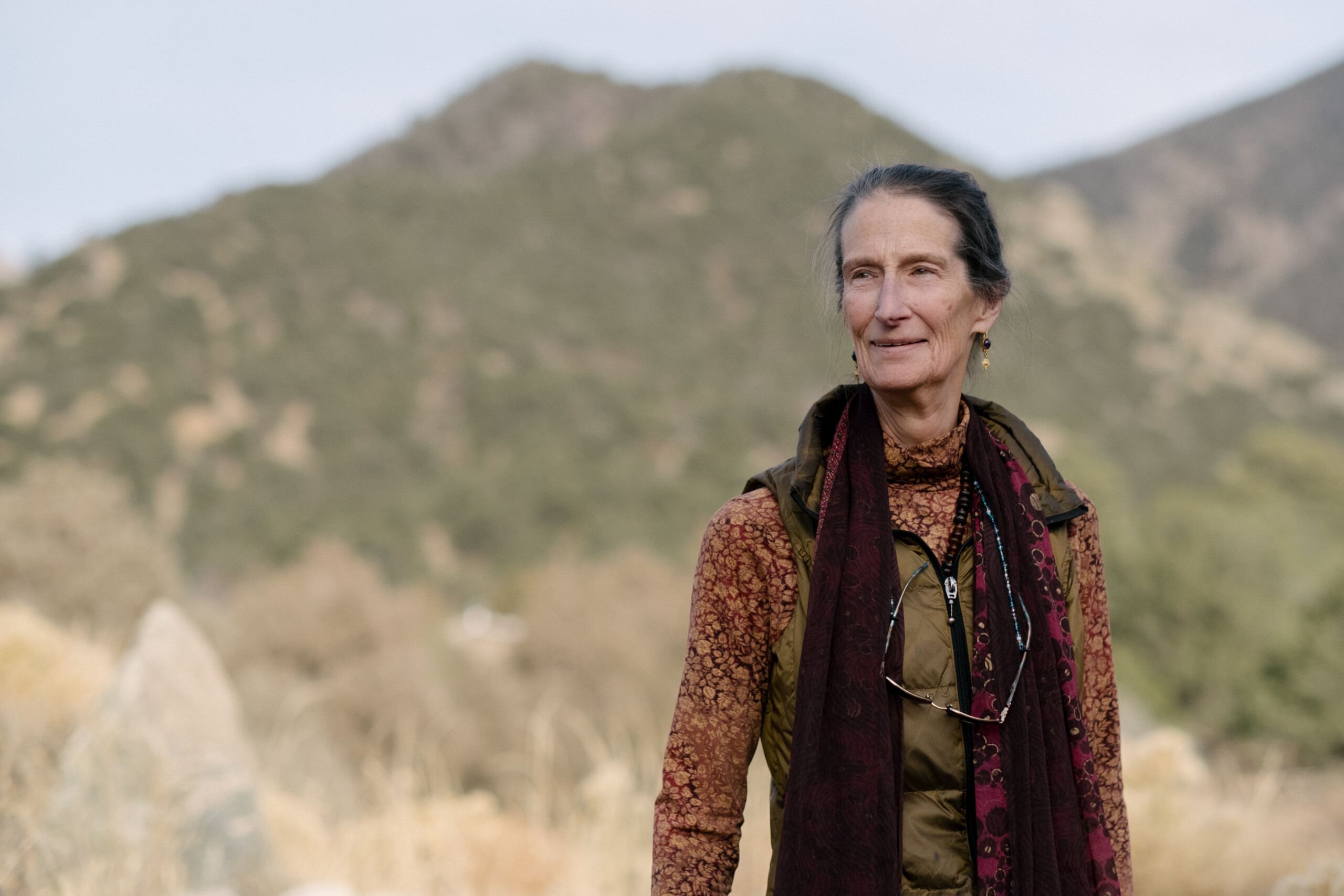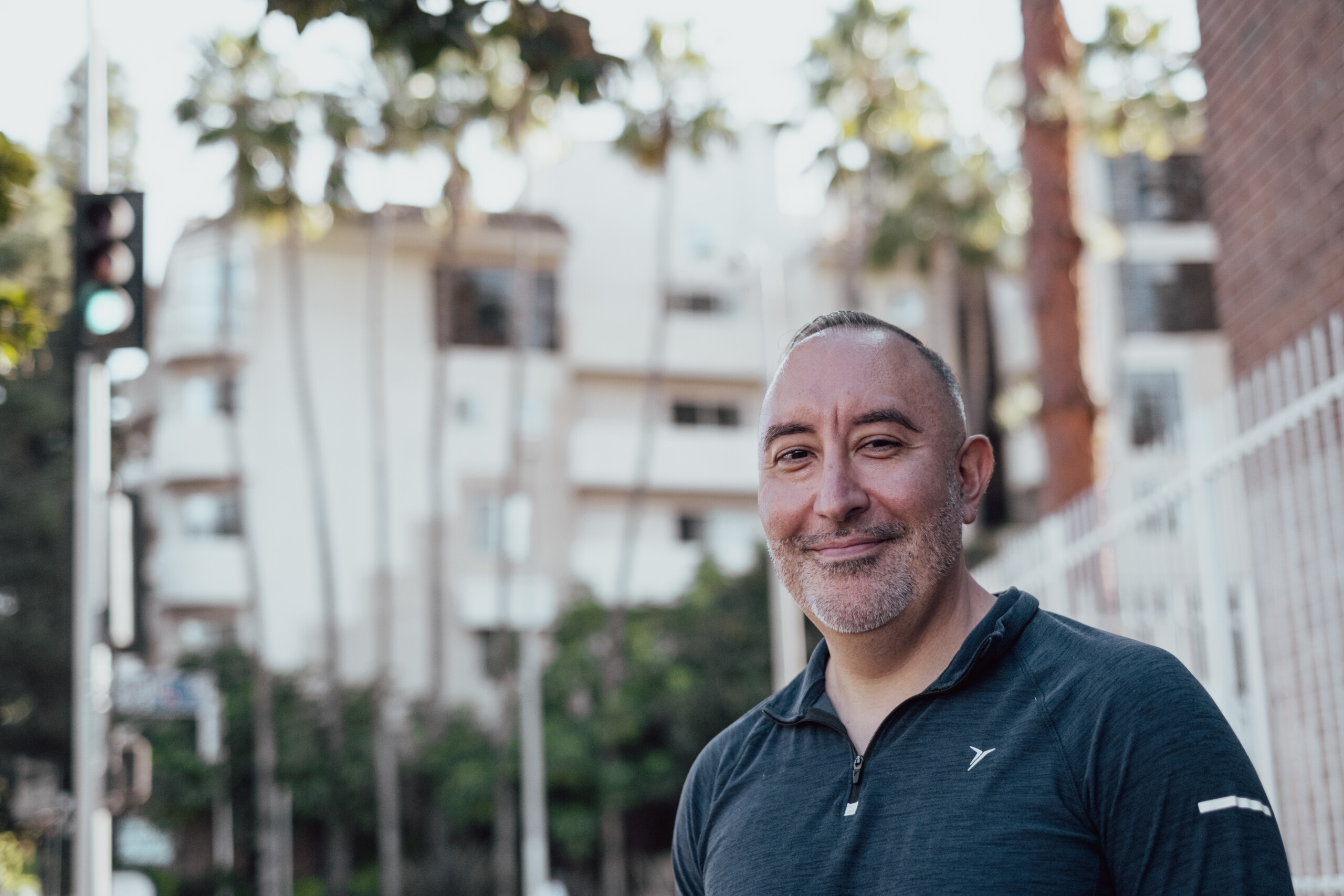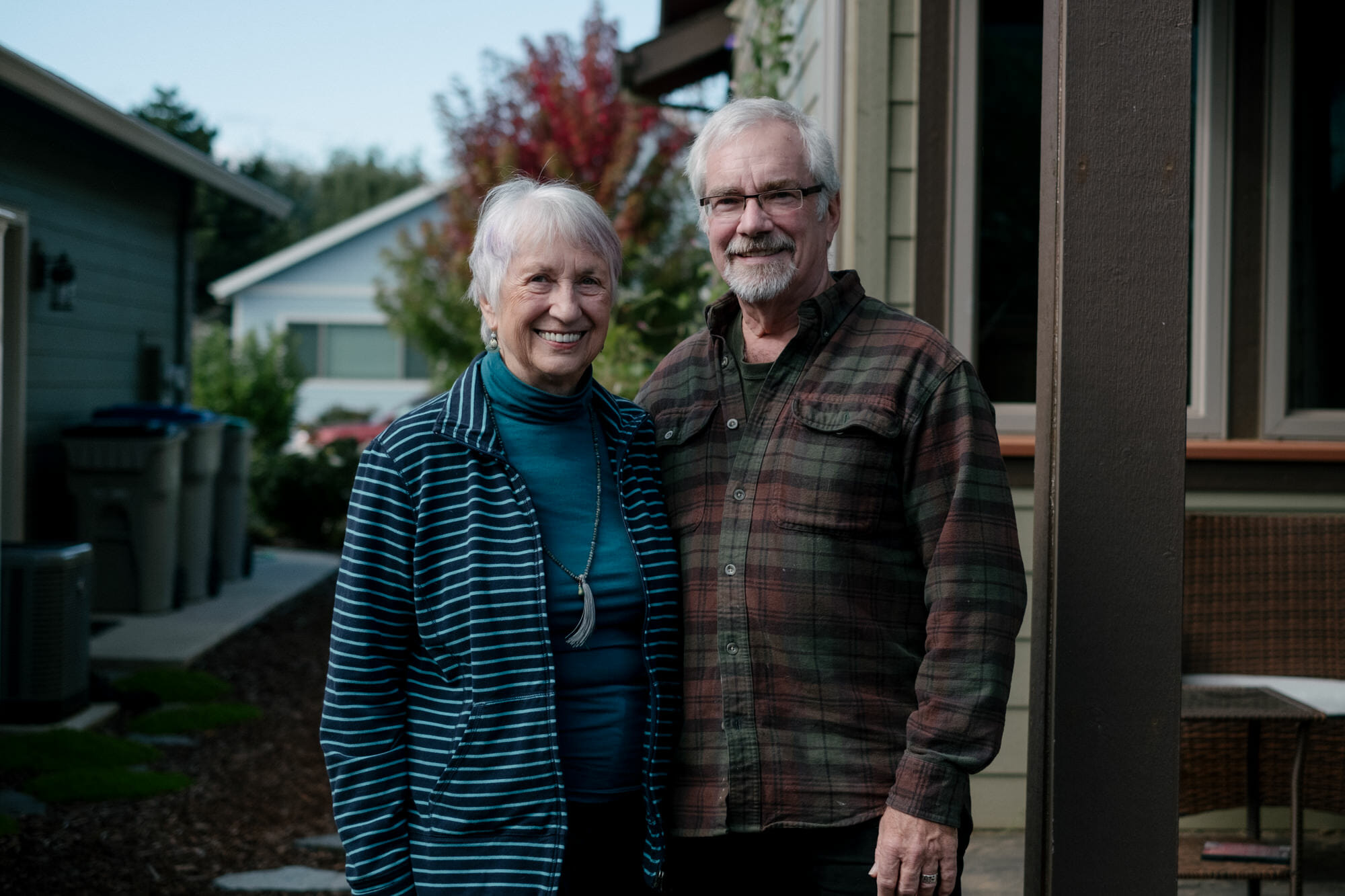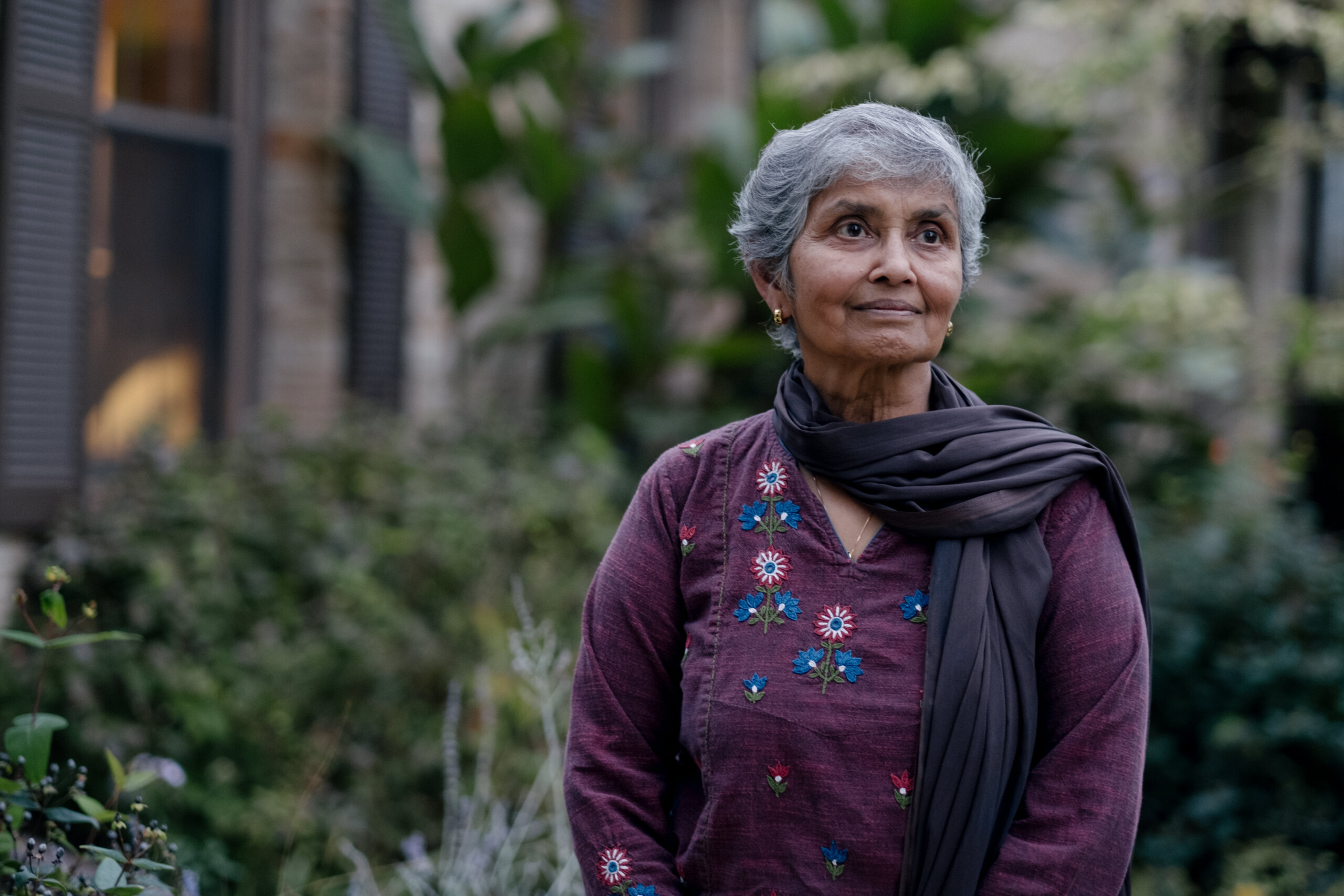Background
Albert, born and raised in Chicago, faced a unique journey of self-discovery. At the age of four, his family reverse-migrated to Mexico, introducing him to a culture and environment where he struggled to fit in due to his identity and sexual orientation. Feeling suffocated, Albert sought refuge in Catholicism but faced challenges and discrimination.
Determined to escape, he earned a college diploma in physics and mathematics at the age of 15, returning to Chicago. Overcoming language barriers and cultural differences, he embarked on a quest to find himself, devoid of societal pressures. His older sister, Carmen, introduced him to meditation at a young age, providing a constant source of solace throughout life’s highs and lows.
Professionally successful, Albert’s life took a turn after the 9/11 attacks. Realizing the emptiness of his material success, he left his lucrative career, only to face personal struggles with his homosexuality and workplace harassment. A client named Janet became a beacon of support, teaching him to stand up for himself.
Unexpectedly, Albert encountered Buddhism through a friend, challenging his preconceptions. A visit to a Buddhist Temple of Chicago sparked a spiritual awakening, resonating deeply with his soul. Meditation became his anchor, leading him to Richard, who mentored him in Buddhist practices. Embracing Buddhism, Albert found liberation from societal expectations, realizing the importance of living authentically.
Albert’s journey highlights the transformative power of self-discovery, overcoming adversity, and finding solace in spirituality. His dedication to sharing his experiences and guiding others towards inner light reflects a profound commitment to personal growth and well-being.
Evolution
Albert reflects on his transformative shift from a Catholic agnostic mindset to embracing Buddhism. Despite respecting Catholic principles, he struggled with self-destructive perspectives imposed by Catholicism, feeling dirty and unworthy due to his homosexuality. The discovery of Buddhism marked a profound change, challenging his preconceptions about leaders, labels, and societal norms.
Entering a Buddhist temple, Albert was liberated by the Golden Chain chanting, shedding the anchor of guilt and self-disrespect. Intrigued, he delved into understanding Buddhism, exploring the life and practices of the Buddha. He found solace in the concept of awakening and awareness, contrasting with the Catholic notion of sin and redemption.
Albert grappled with the unfamiliar principles of Buddhism, such as patience, compassion, and kindness, questioning how to find love and positivity within himself. Reading about the Eightfold Path, he realized the importance of accepting regression as part of evolution, a concept contrary to his lifelong struggle against himself.
Pure Land Buddhism resonated with Albert, teaching him that it’s okay to be broken and offering a compassionate perspective on personal challenges. Buddhism allowed him to view obstacles as multidimensional, welcoming them as opportunities for growth rather than adversarial forces. Through Buddhism, Albert found a path that embraced life’s difficulties, fostering strength and resilience.
Fruit of Practice
Albert reflects on the impact of the temple in his life, appreciating the growth it facilitated in meditation and a new way of thinking through the Dharma. The shift from a limited spiritual practice to embracing Buddhism allowed him to realize the power of controlling thoughts and words, influencing outcomes.
The Dharma teachings challenged Albert’s previous understanding of spirituality, encouraging him to question and embrace a broader range of emotions. He learned that the practice of Buddhism is not confined to a specific time but an ongoing, daily effort to control thoughts and welcome challenges.
Albert shares his struggle with depression and how Buddhism became his tool for combating it without medication. Through meditation and changing his mentality, he found the strength to face depression head-on, realizing the power of self-respect and the ability to change through the practice of breathing.
Daily challenges persist, but Albert has learned to change his perception of them. The combination of Dharma, Sangha, and his practice results in transformative moments, allowing him to love, respect, and smile. He emphasizes that the division between different forms of practice is a creation of the logical brain, while the spirit transcends labels. For Albert, Pure Land Buddhism is not just a religion; it’s his pathway to happiness and self-love.
Lineage
Albert recalls his first experience walking into the Buddhist Temple of Chicago, describing the imposing yet intricately designed doors that symbolized the beginning of his journey. Upon entering, he was struck by the diverse and down-to-earth community, challenging his expectations of a predominantly Asian congregation. The fact that the reverend was a female resonated with Albert, emphasizing the equal respect in Buddhism.
Curiosity led Albert to explore the temple’s teachings, appreciating the absence of emotional manipulation and the focus on understanding oneself and fostering interconnectedness. The chants, like the golden chain, and the absence of labels provided a liberating experience. Albert delved into Buddhism’s varied forms, including Pure Land Buddhism, which allowed him the freedom to be himself and practice responsibility without conforming to specific rules.
Struggling with the label of being a Buddhist due to past insecurities, Albert eventually found solace in Pure Land Buddhism, appreciating its inclusive and compassionate nature. He explored different forms of meditation, including working meditation, a practice involving intricate tasks that symbolize the constant nature of Buddhism as a way of life.
Albert highlights the transformative impact of the temple’s doors, representing the beginning of his Buddhist path. The intricate designs on the doors, symbolizing Buddha’s life, brought him to tears as he discovered the similarities between his journey and that of the Buddha. Pure Land Buddhism became Albert’s chosen path, transcending labels and becoming a lifestyle that he shares with others.
Taking Buddhist vows was initially challenging for Albert due to past insecurities, but he learned that Pure Land Buddhism doesn’t demand conformity. It is about embracing everything, practicing self-compassion, and finding the light within oneself. Albert shares his realization that Buddhism extends beyond designated practices and is woven into every aspect of his life, including the unexpected discovery of the art of running.
For Albert, Buddhism is an ongoing journey of growth, humility, and interconnectedness. He appreciates the teachings of the temple, including the concept of Sangha, services for animals, and the profound act of bowing, which signifies a connection to one’s inner light. In essence, Albert sees Buddhism as a way of living every waking moment with compassion and self-discipline.
Mindfulness In Workplace
From a professional standpoint, Albert found value in integrating mindfulness practices, particularly meditation, into his work life. Initially, there was hesitation due to the traditional separation of personal and professional spheres. However, Albert’s positive transformation through meditation caught the attention of colleagues, leading to increased interest in joining him. He introduced meditation breaks during lunch, fostering camaraderie and enhancing the overall work environment.
Albert recognized the need for adapting meditation techniques to fit into corporate America’s fast-paced environment. This led to the development of professional mindfulness, a streamlined approach to meditation that accommodates various time constraints. Albert incorporated different meditation types, including guided meditation and visualization, emphasizing that the goal is personal growth, regardless of the specific method used.
Encountering initial resistance and being perceived as “awkward” or “weird,” Albert’s success in transforming the corporate culture became evident as the positive results of mindfulness practices became undeniable. The momentum grew, leading to requests from different organizations to incorporate meditation into their routines, even extending to after-hours sessions.
As Albert expanded his mindfulness practice, he observed a growing hunger for such practices in corporate America. Calls for mindfulness sessions became more frequent, prompting the expansion of his practice from the temple to a virtual setting. Albert plans to continue adapting to the cultural shift by considering a hybrid approach, combining virtual and in-person sessions, acknowledging the evolving needs and preferences of participants.
Albert remains committed to offering secular meditation practices, emphasizing that the goal is not necessarily to convert individuals to Buddhism but to address the spiritual hunger that many people experience. He values leading by example and sees the increasing curiosity about Buddhism and meditation as a positive shift facilitated by technology and his own joyful and positive approach to life.
Teacher
Albert reflected on his profound relationship with the reverends and his son, emphasizing the significance of learning by example. He valued the ministers for their day-to-day actions, illustrating the teachings through their lives rather than merely reading scriptures. Albert appreciated the simple yet meaningful practices, such as expressing gratitude for food, which became a mindful act paying homage to all life involved in bringing sustenance to the table.
Among the ministers, Richard stood out as a mentor who guided Albert in sharpening his meditation practice. The transformative experience of sitting in silence before Richard allowed Albert to share his deepest thoughts without fear of judgment. This practice of baring one’s soul, without shame or fear, marked the beginning of compassion in Albert’s spiritual journey.
Richard’s teachings went beyond meditation techniques; he helped Albert confront his darkest thoughts and transform difficulty into appreciation. Albert continued to teach the valuable lesson Richard imparted: to breathe in awareness and breathe out appreciation. Richard played a crucial role in Albert’s journey of self-acceptance, fostering comfort and confidence in being true to oneself.
Life presented challenges, including encounters with cancer, but Albert found solace and strength in his spirituality. The reverend also faced illness, handling it with compassion and realism. Albert admired her ability to appreciate each day, emphasizing the importance of a life well-lived, even in the face of impermanence. Through actions rather than words, the reverends, especially Richard, became profound teachers, inspiring Albert and others to embrace their paths with authenticity and love.
Teacher
Albert reflected on his profound relationship with the reverends and his son, emphasizing the significance of learning by example. He valued the ministers for their day-to-day actions, illustrating the teachings through their lives rather than merely reading scriptures. Albert appreciated the simple yet meaningful practices, such as expressing gratitude for food, which became a mindful act paying homage to all life involved in bringing sustenance to the table.
Among the ministers, Richard stood out as a mentor who guided Albert in sharpening his meditation practice. The transformative experience of sitting in silence before Richard allowed Albert to share his deepest thoughts without fear of judgment. This practice of baring one’s soul, without shame or fear, marked the beginning of compassion in Albert’s spiritual journey.
Richard’s teachings went beyond meditation techniques; he helped Albert confront his darkest thoughts and transform difficulty into appreciation. Albert continued to teach the valuable lesson Richard imparted: to breathe in awareness and breathe out appreciation. Richard played a crucial role in Albert’s journey of self-acceptance, fostering comfort and confidence in being true to oneself.
Life presented challenges, including encounters with cancer, but Albert found solace and strength in his spirituality. The reverend also faced illness, handling it with compassion and realism. Albert admired her ability to appreciate each day, emphasizing the importance of a life well-lived, even in the face of impermanence. Through actions rather than words, the reverends, especially Richard, became profound teachers, inspiring Albert and others to embrace their paths with authenticity and love.
Professional Impact
Albert’s journey took a transformative turn when he left his high-paying corporate job to explore his full potential and discover his true path. Despite skepticism from family and the lure of a comfortable career, Albert was hungry for self-discovery and chose to work for a not-for-profit organization called Second Harvest, dedicated to hunger relief.
In this new environment, Albert experienced a profound shift in perspective. The people he worked with were deeply engaged, willingly contributing their time beyond regular hours to help those in need. The sense of common purpose and shared vision among the team stood in stark contrast to the corporate world he had left behind.
Albert faced the challenge of questioning his identity and purpose both professionally and spiritually. The journey involved confronting his own demons, stepping out of his comfort zone, and embracing growth, even if it meant a significant salary cut. The parallel growth in his professional and spiritual life became evident as he grappled with fundamental questions about who he was and where he was headed.
Feeding America emerged as a result of this introspective process, symbolizing a new beginning for the hunger relief organization. Albert realized that professional growth was not just about titles but about the impact and thumbprint he left on others’ lives. The camaraderie and shared goals within the organization became essential components of his understanding of professional mindfulness, aligning with his evolving comprehension of Buddhism.
Albert’s journey showcased the serendipitous nature of spiritual and professional growth running parallel. The understanding that one could be authentic and connected to oneself in any setting, whether at work or home, became a central tenet of his interpretation of Buddhism. Through this dual exploration, Albert discovered what truly made him happy on both professional and spiritual fronts.

